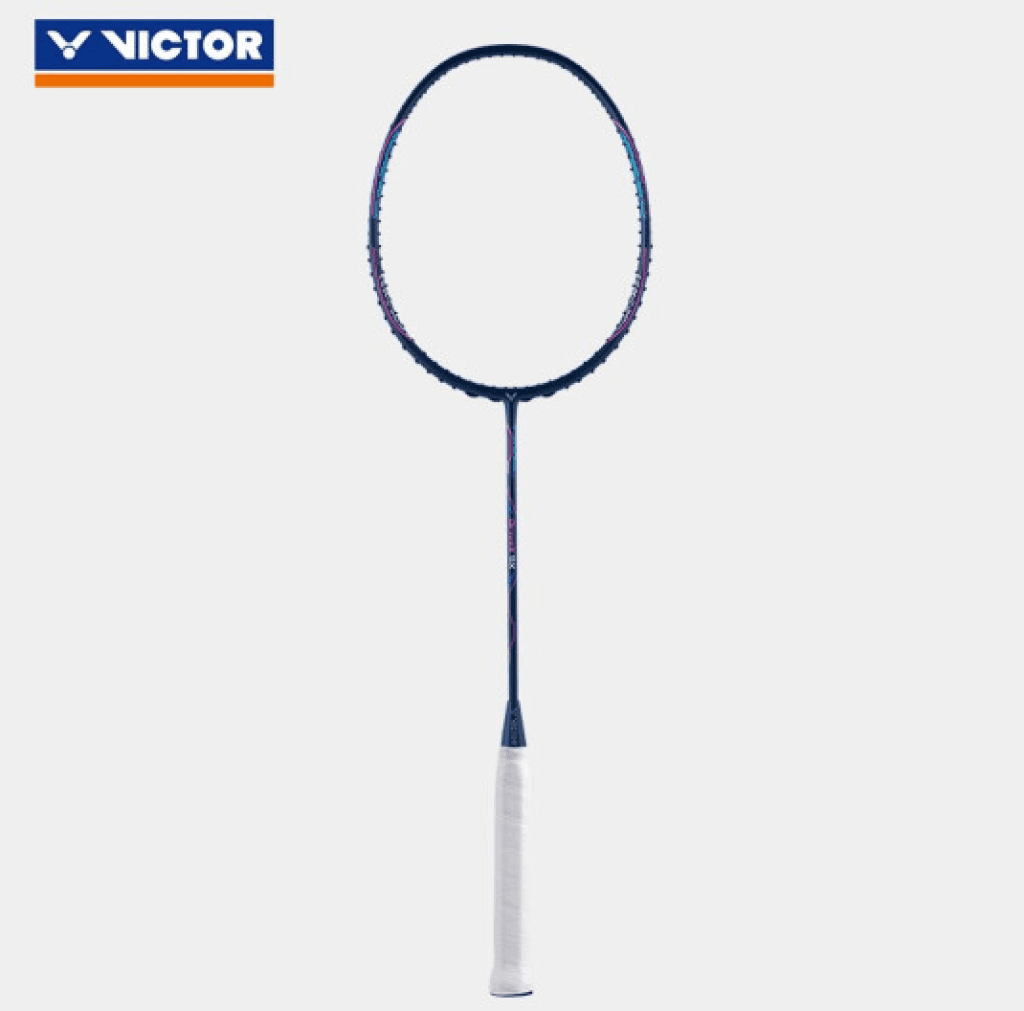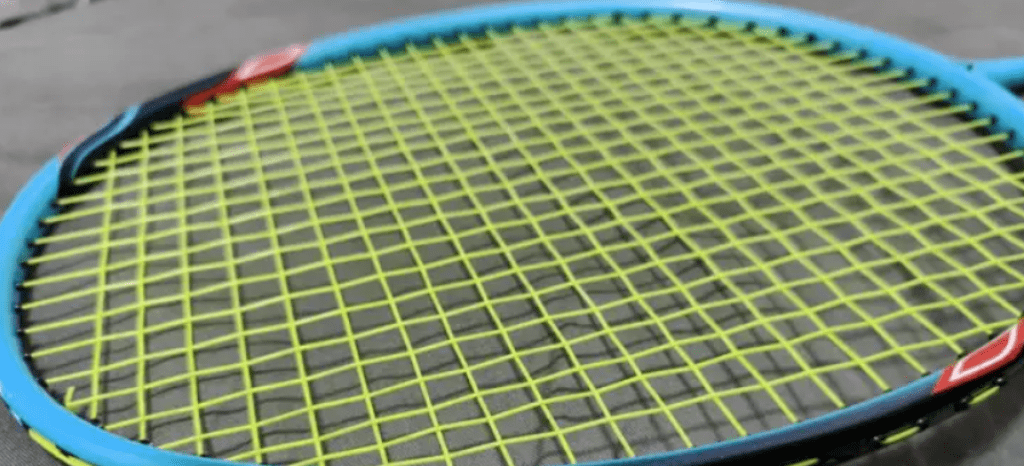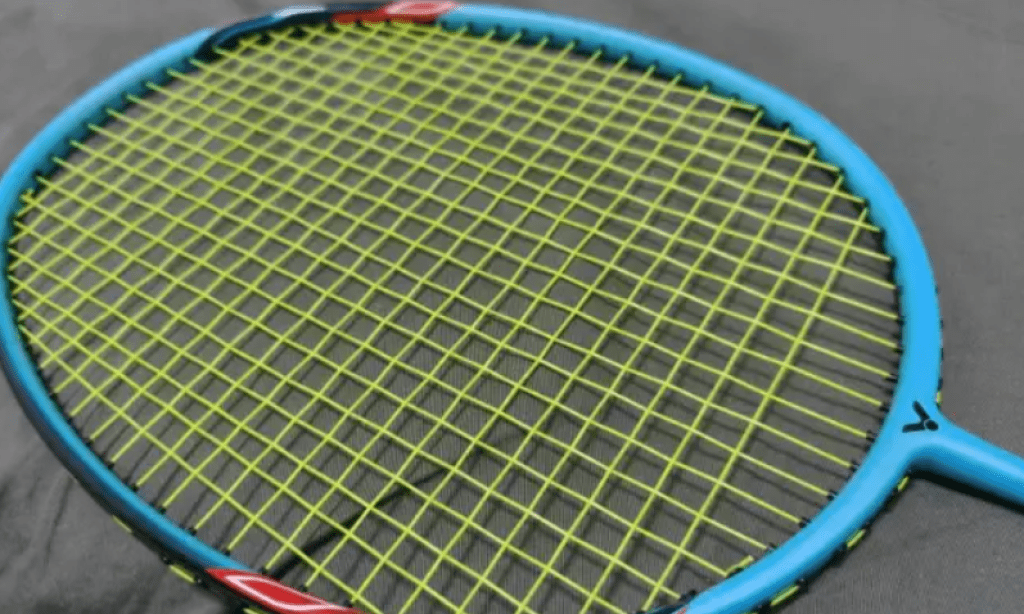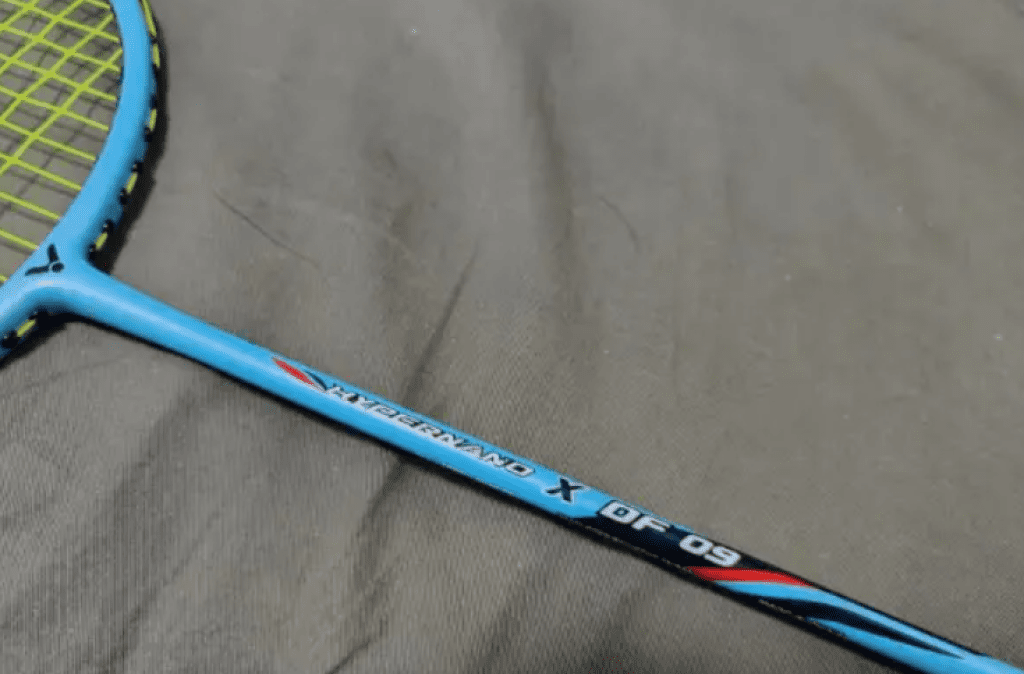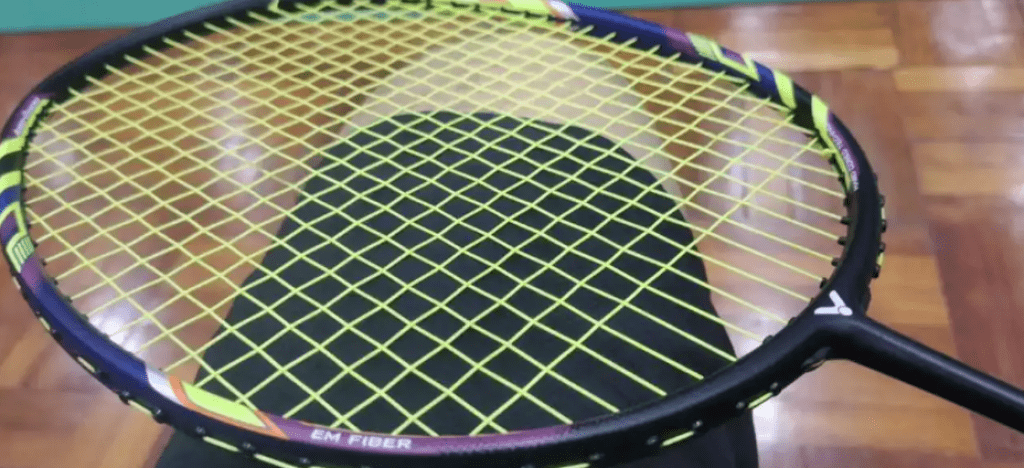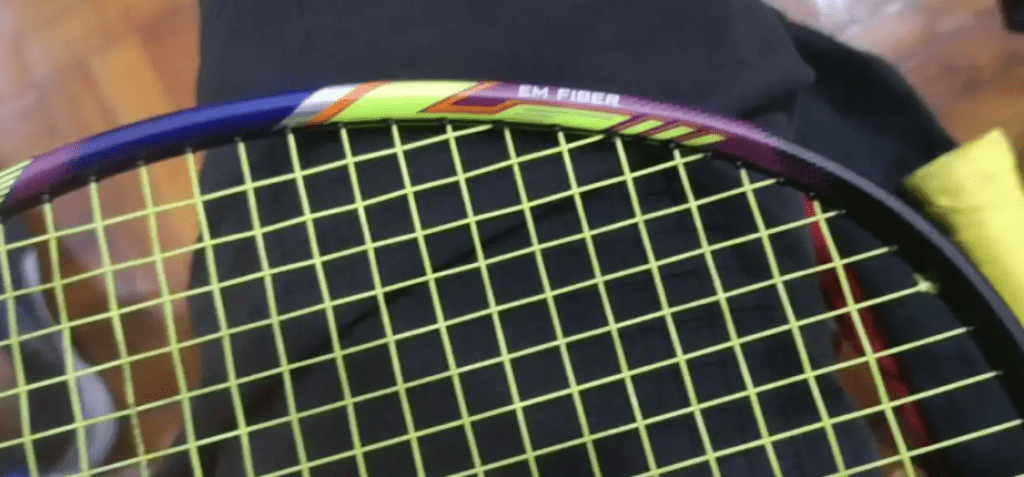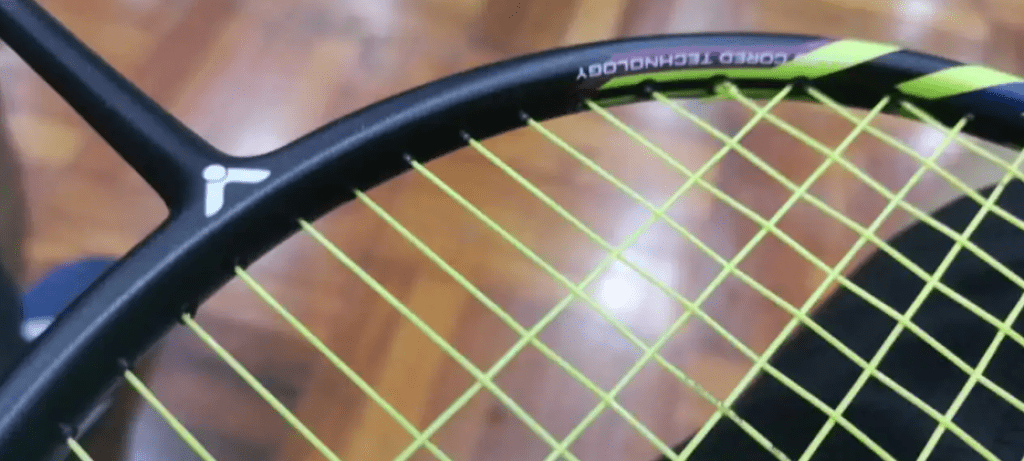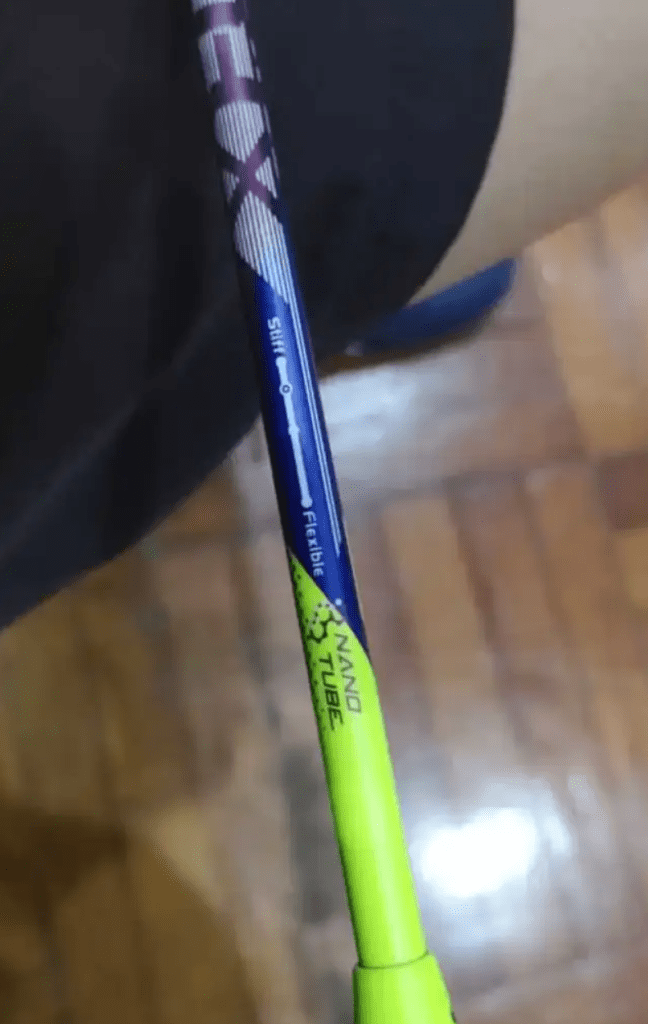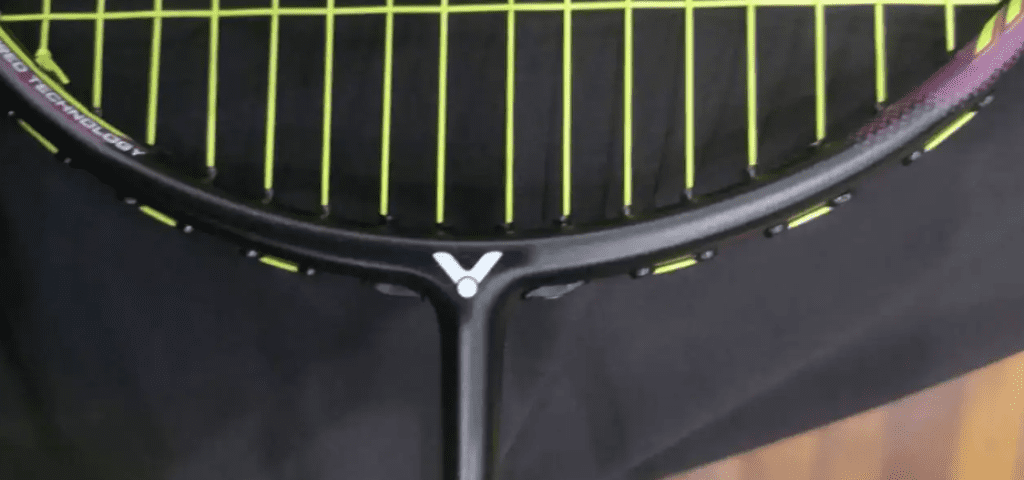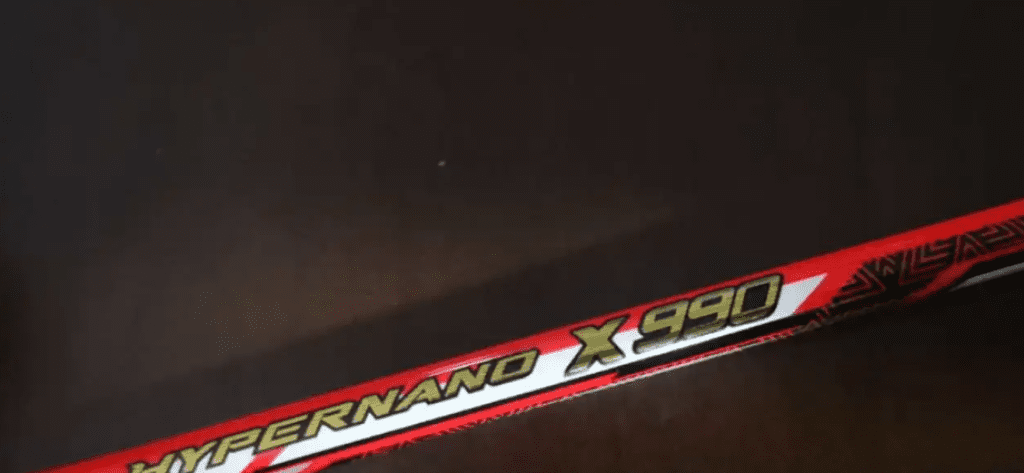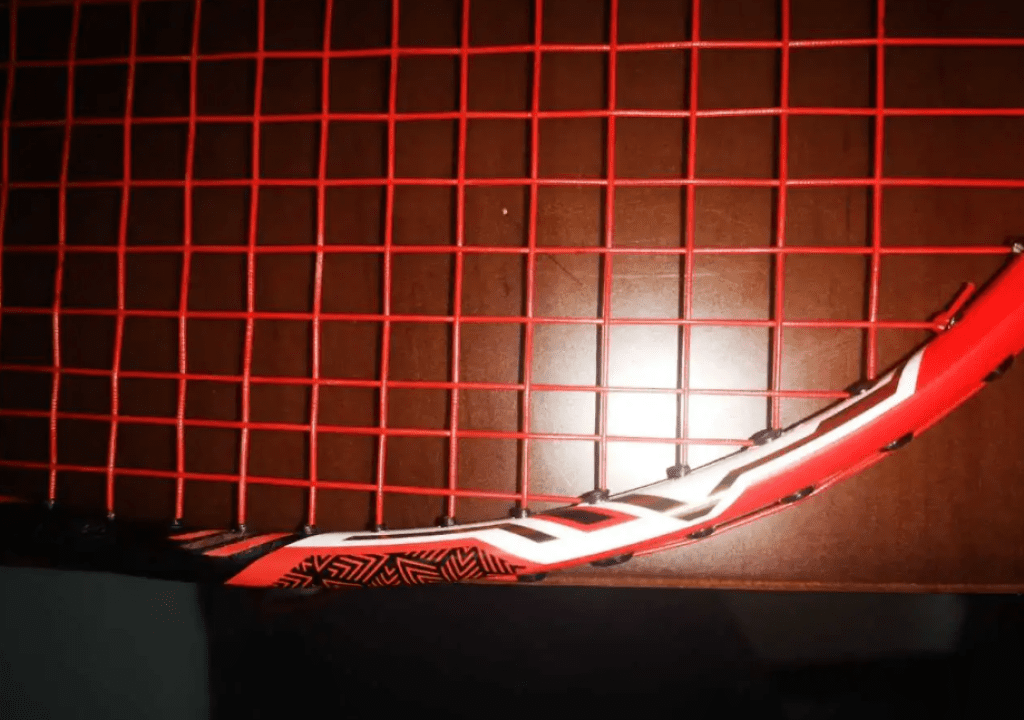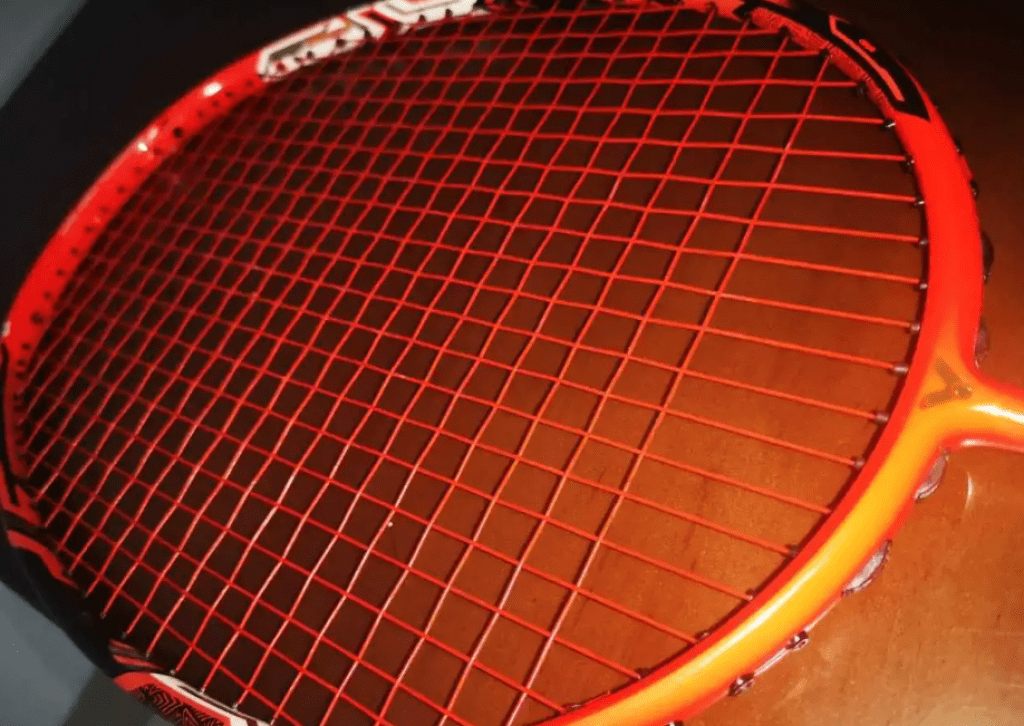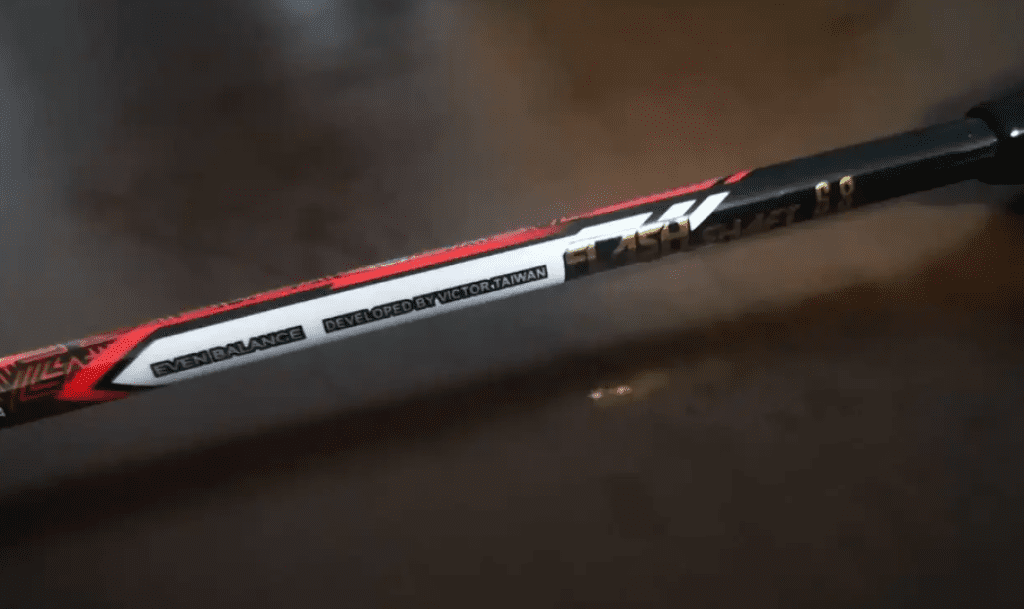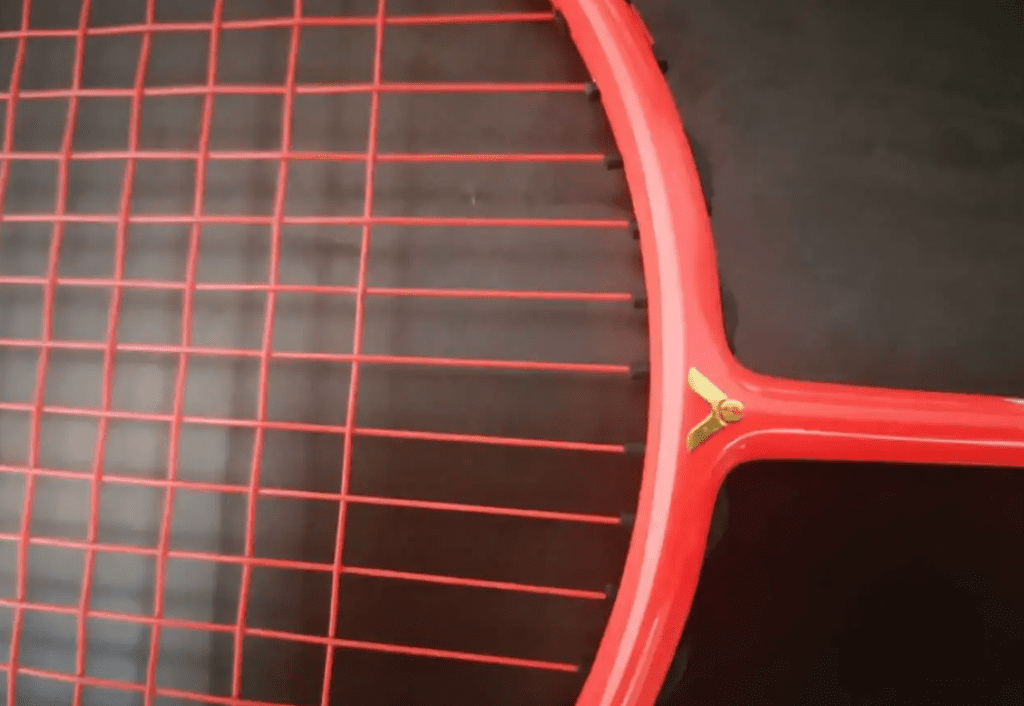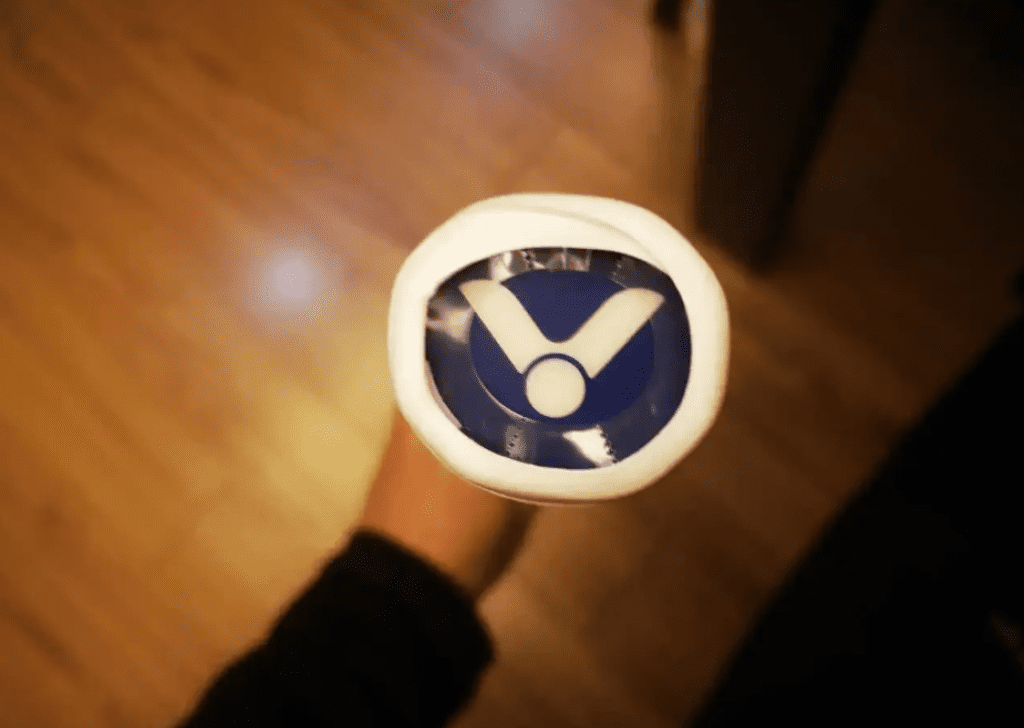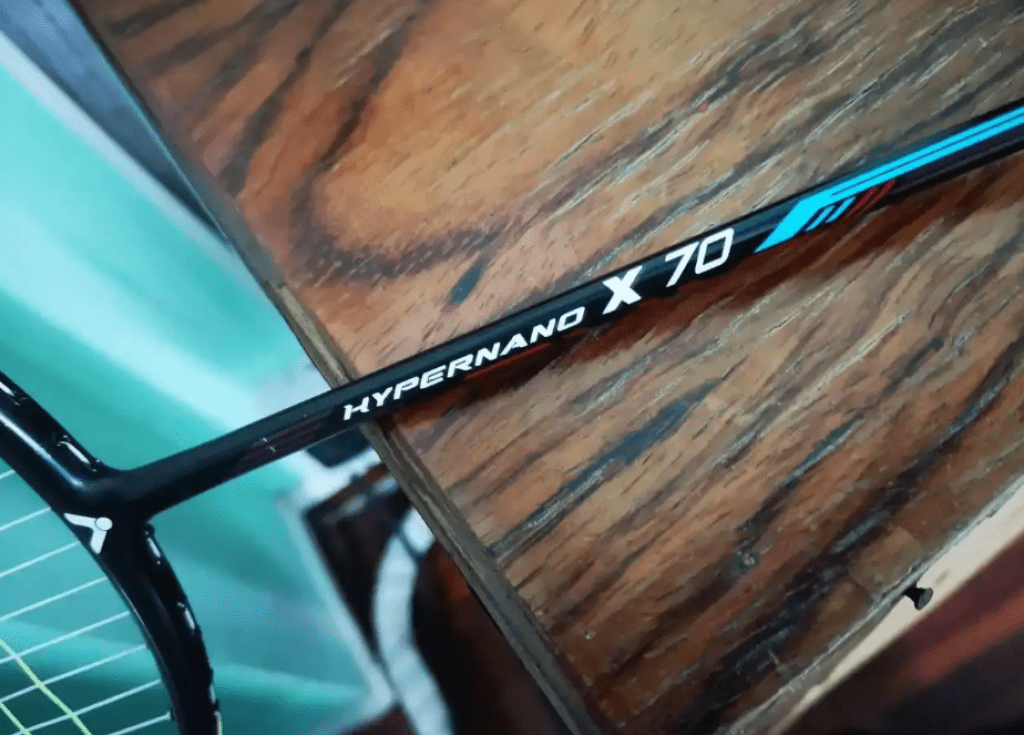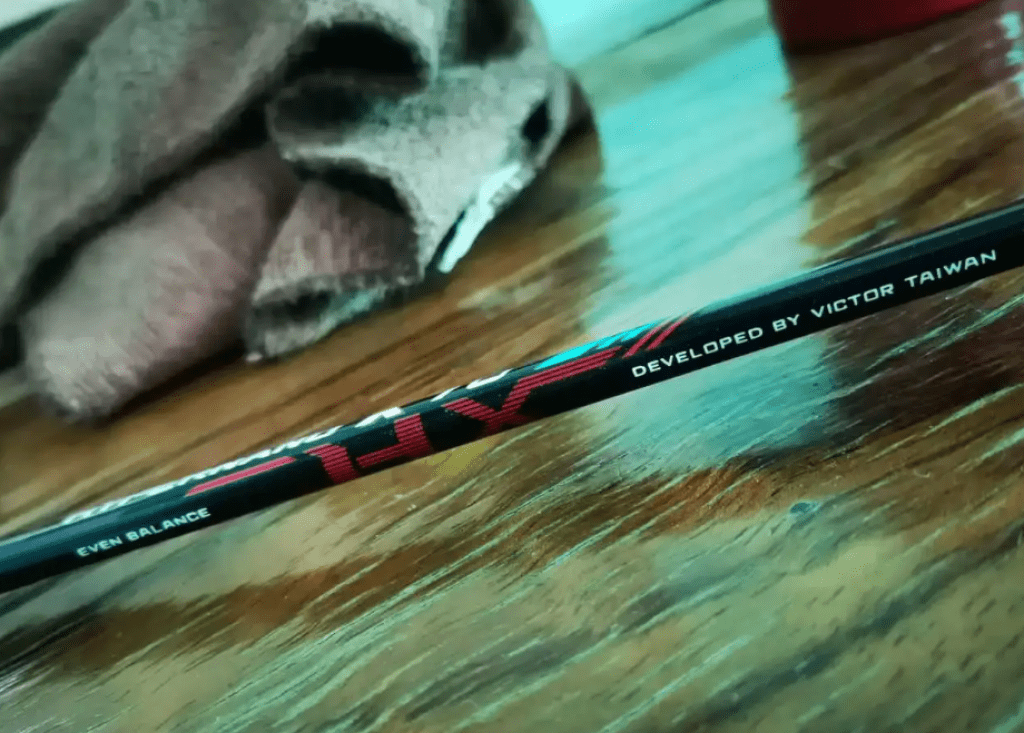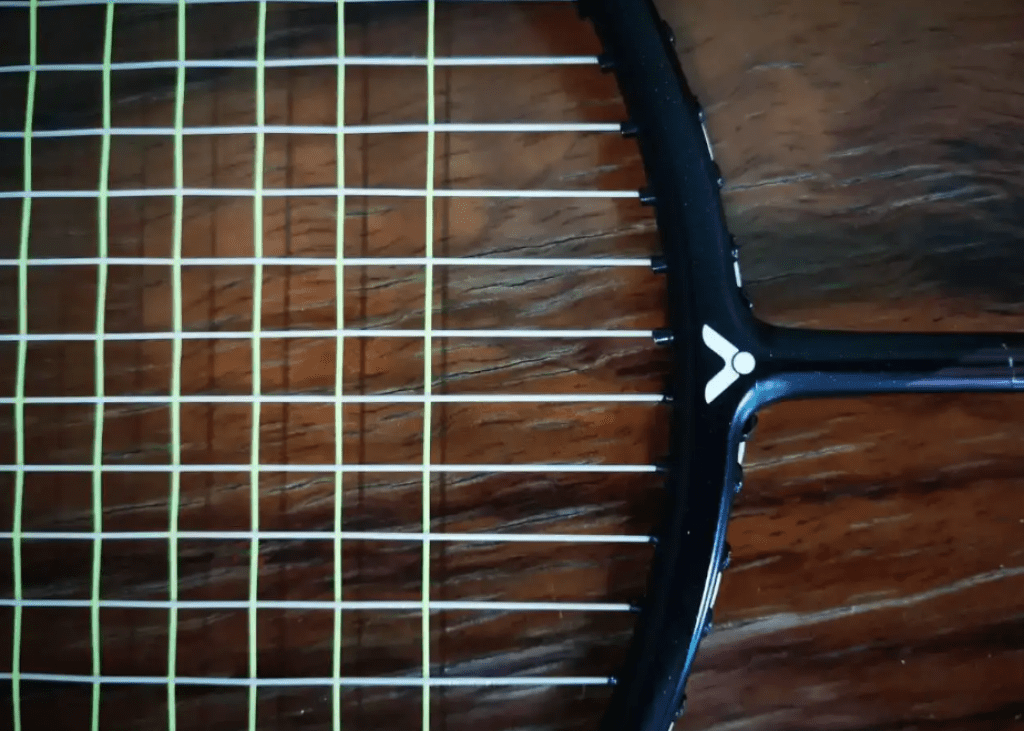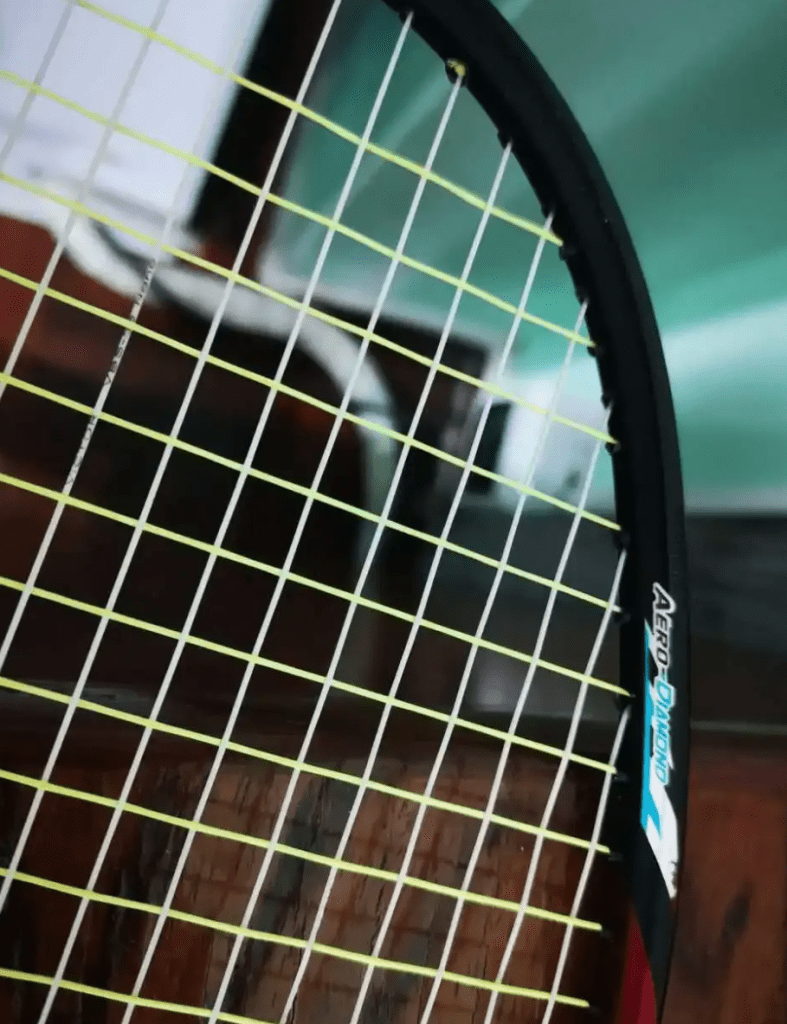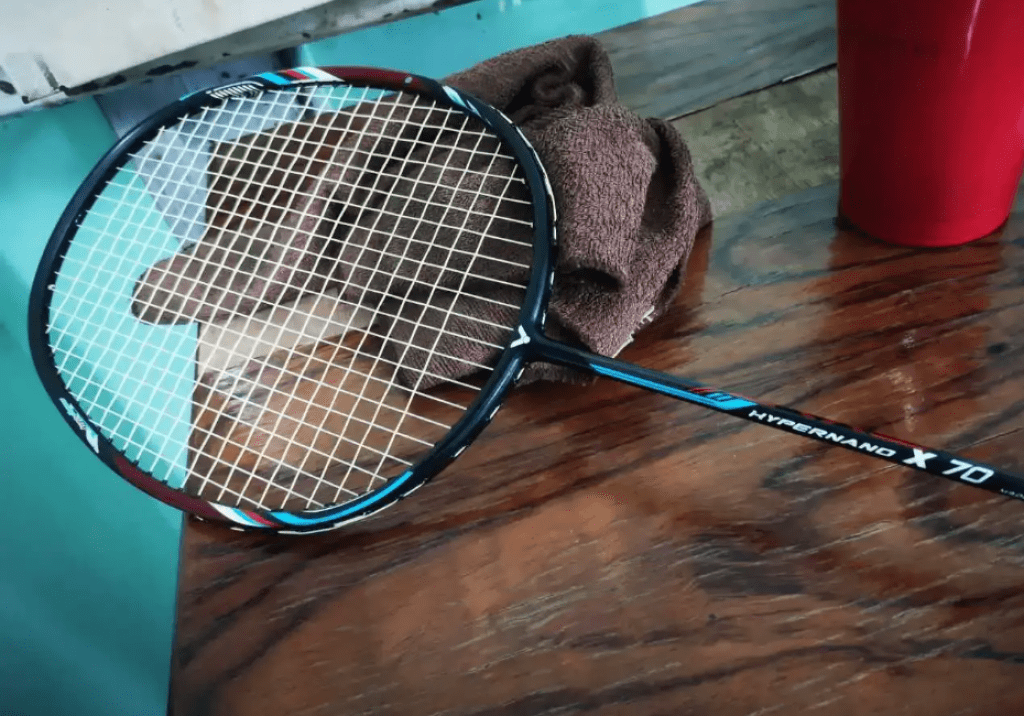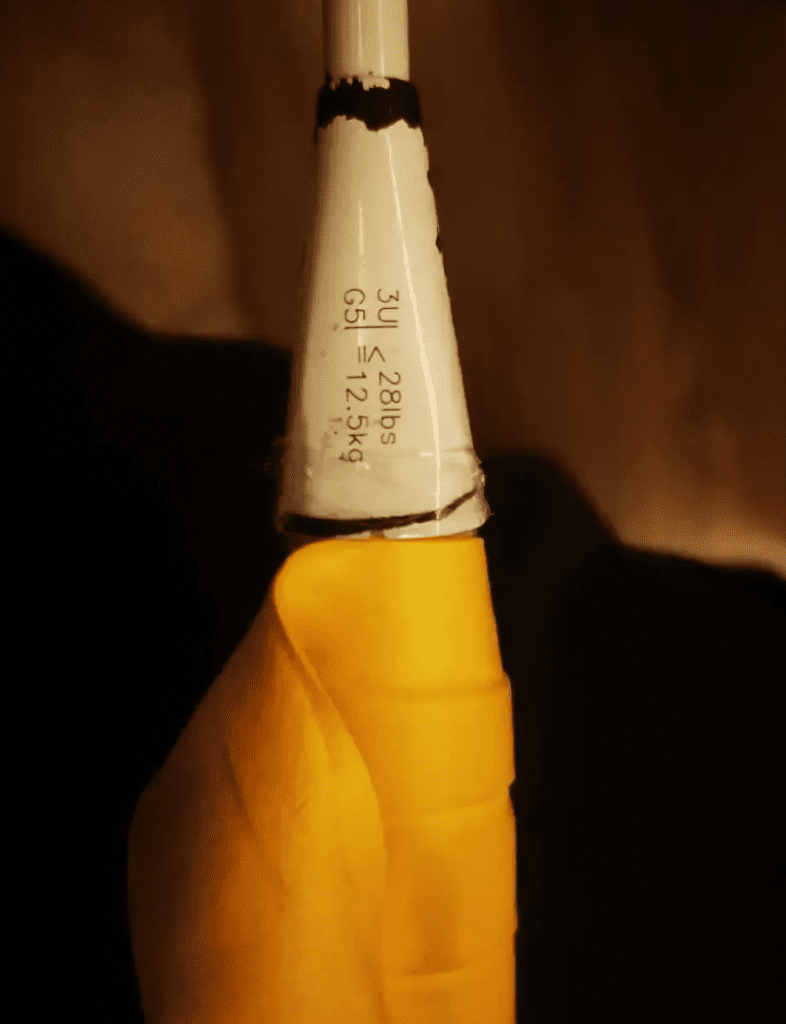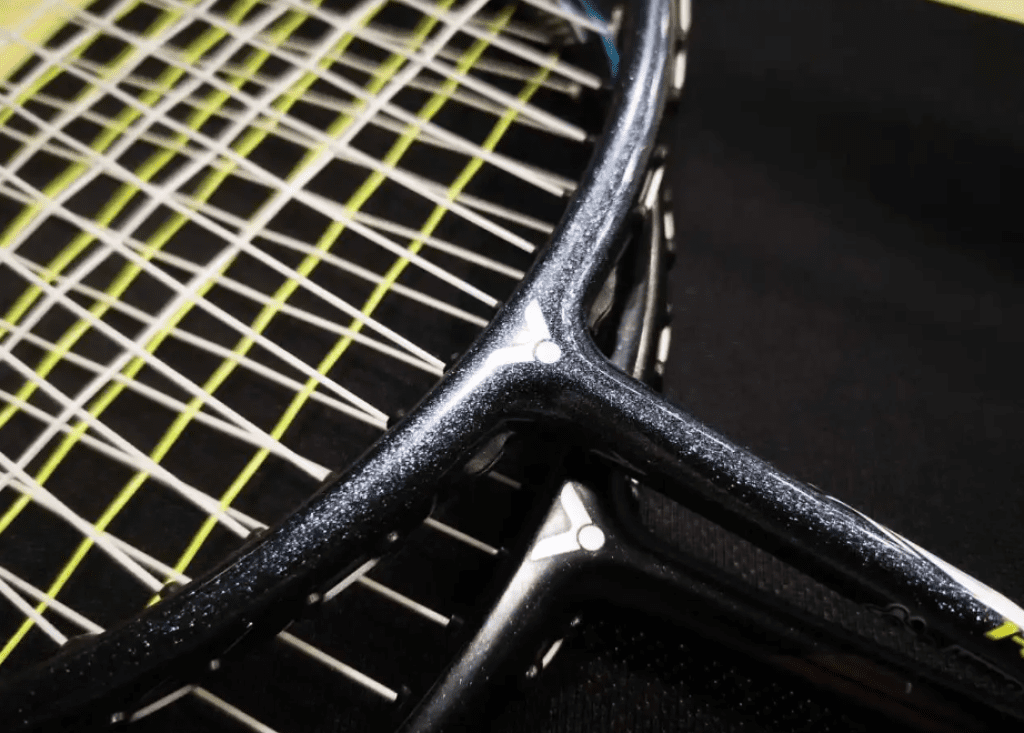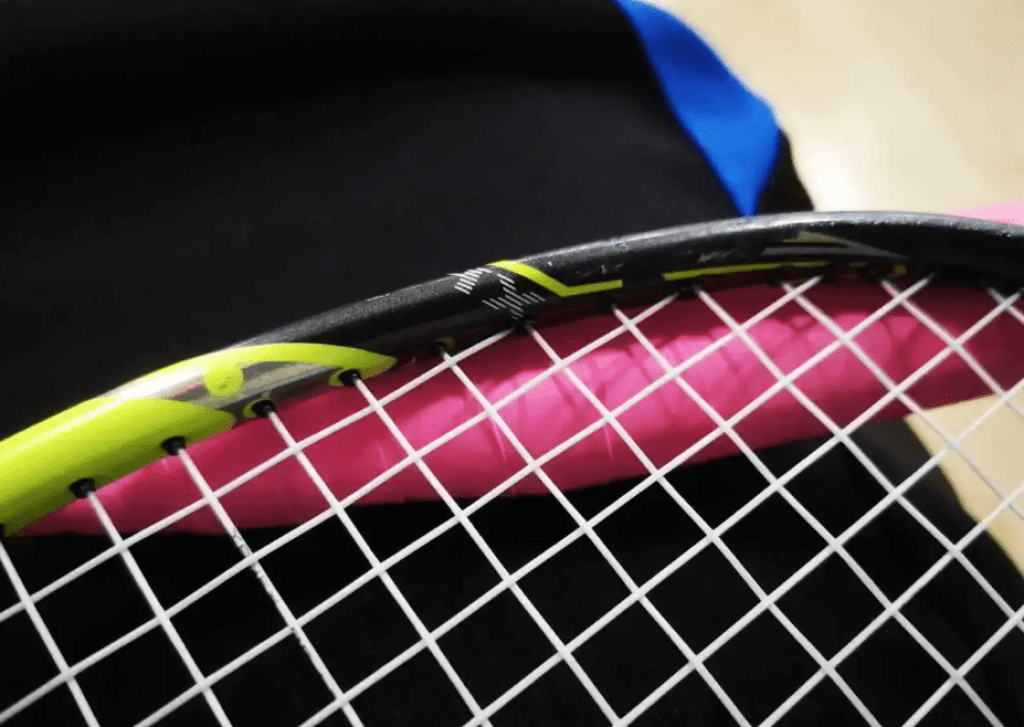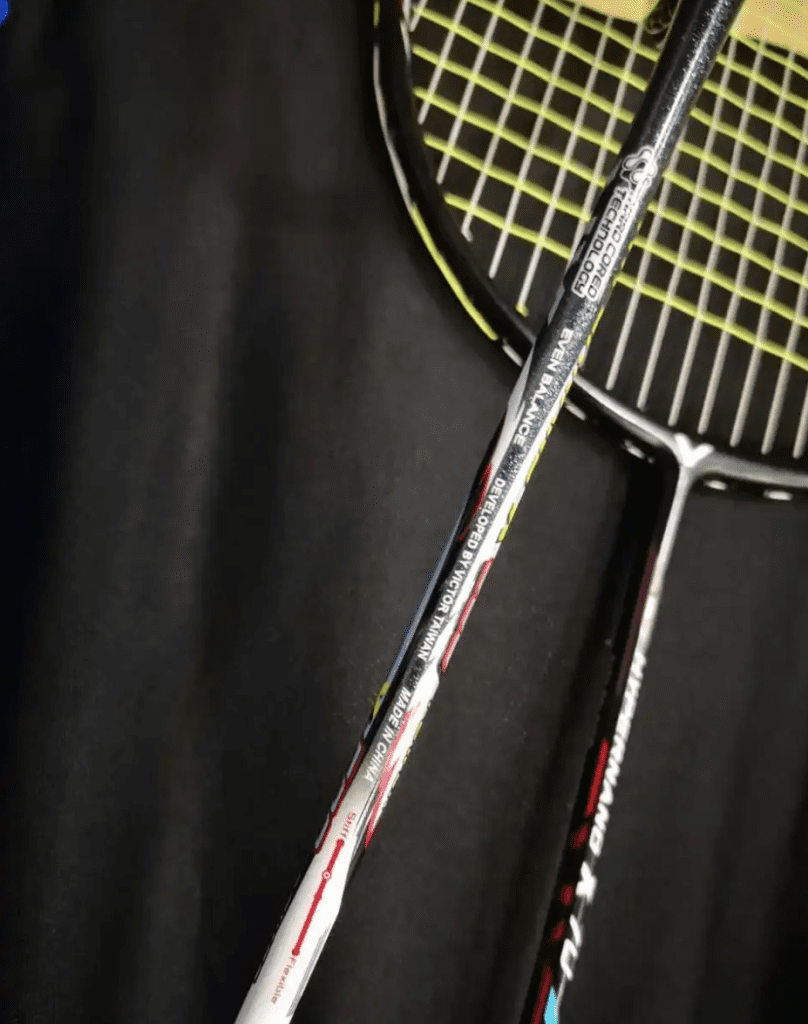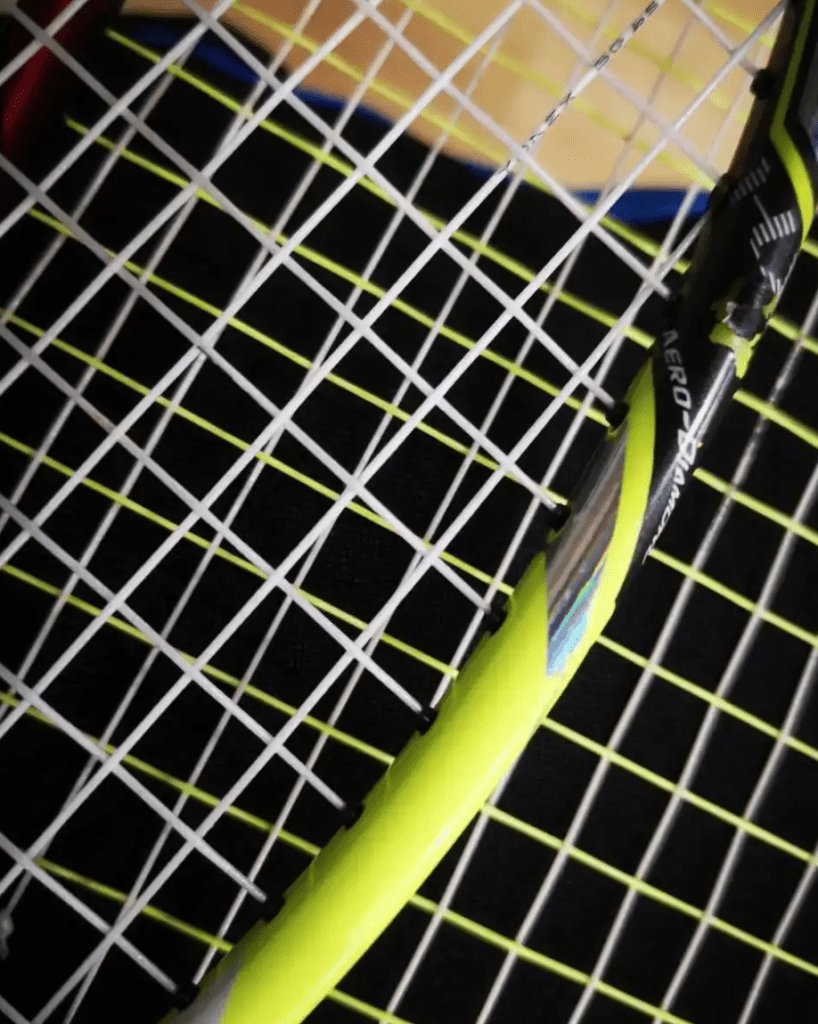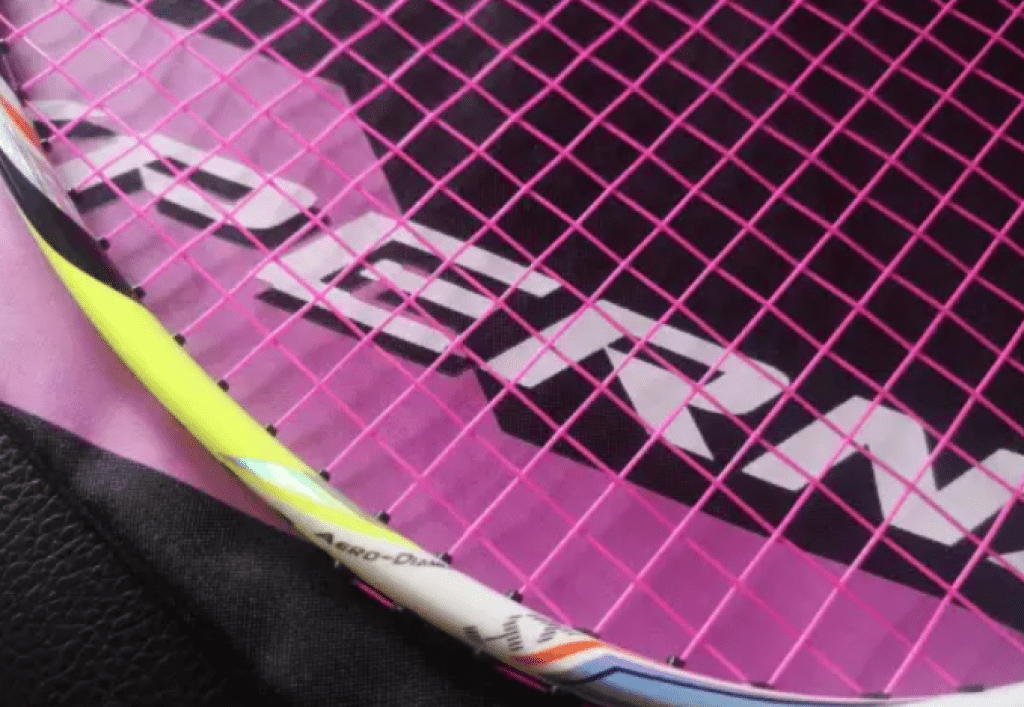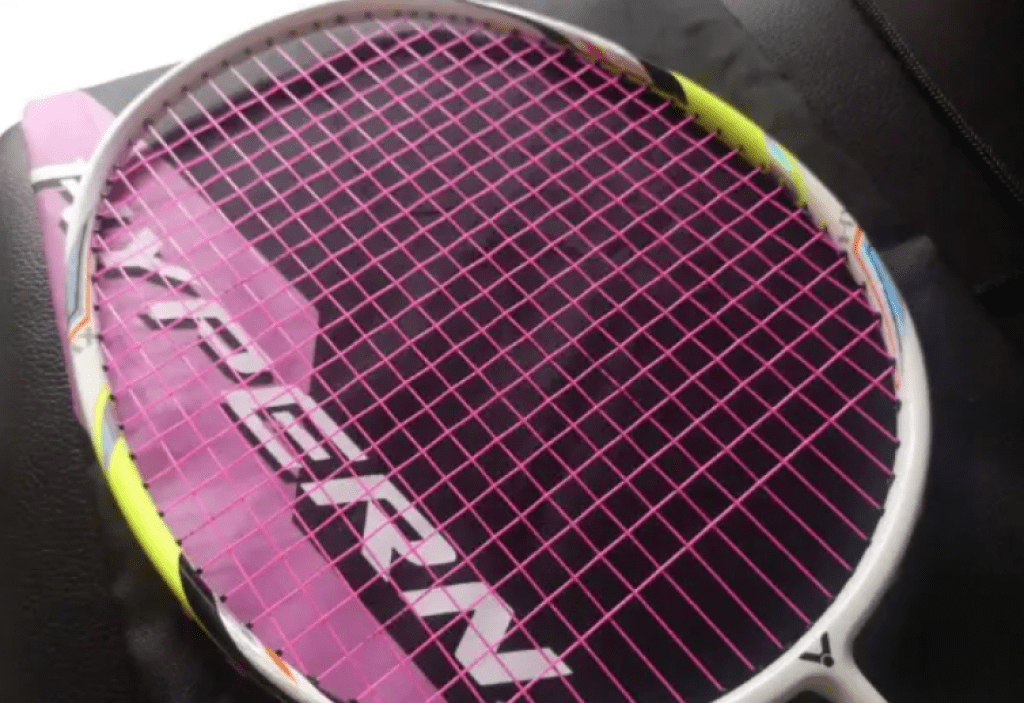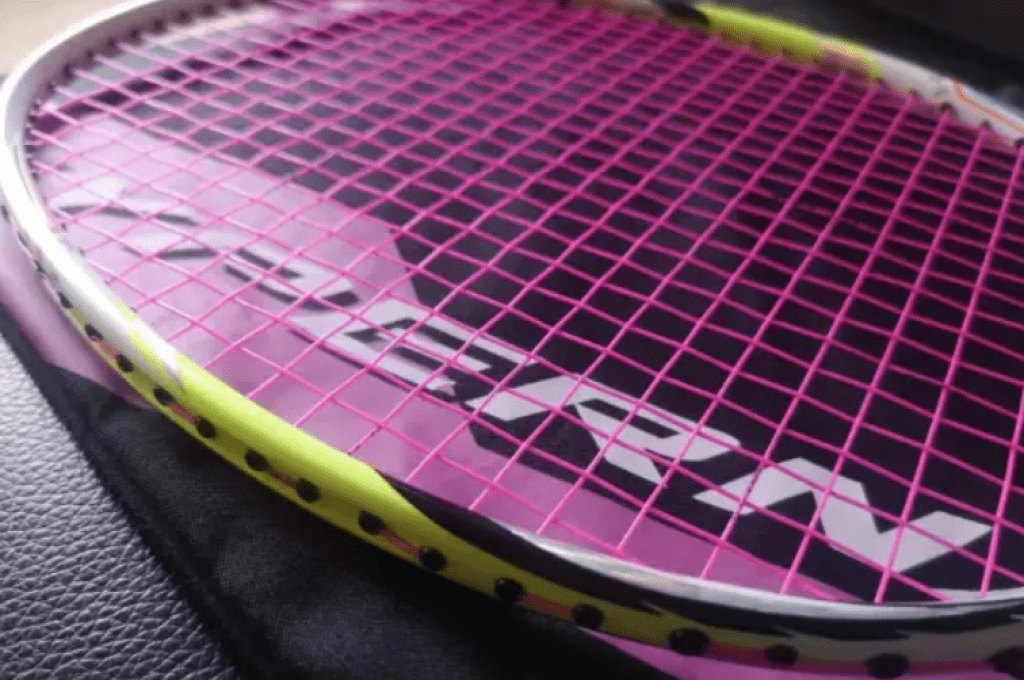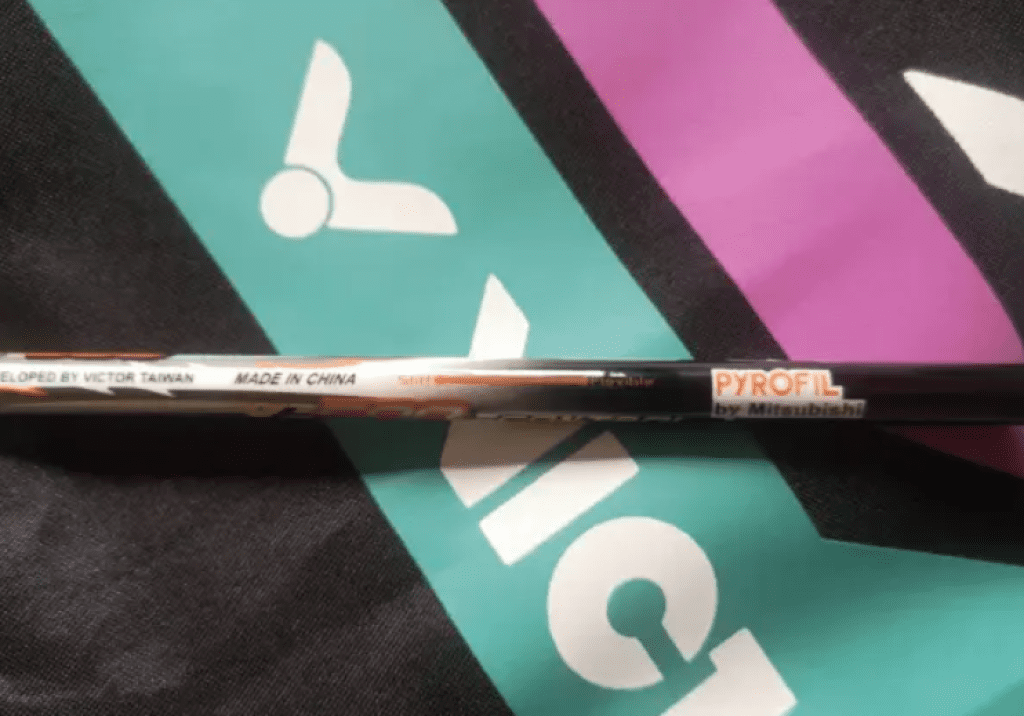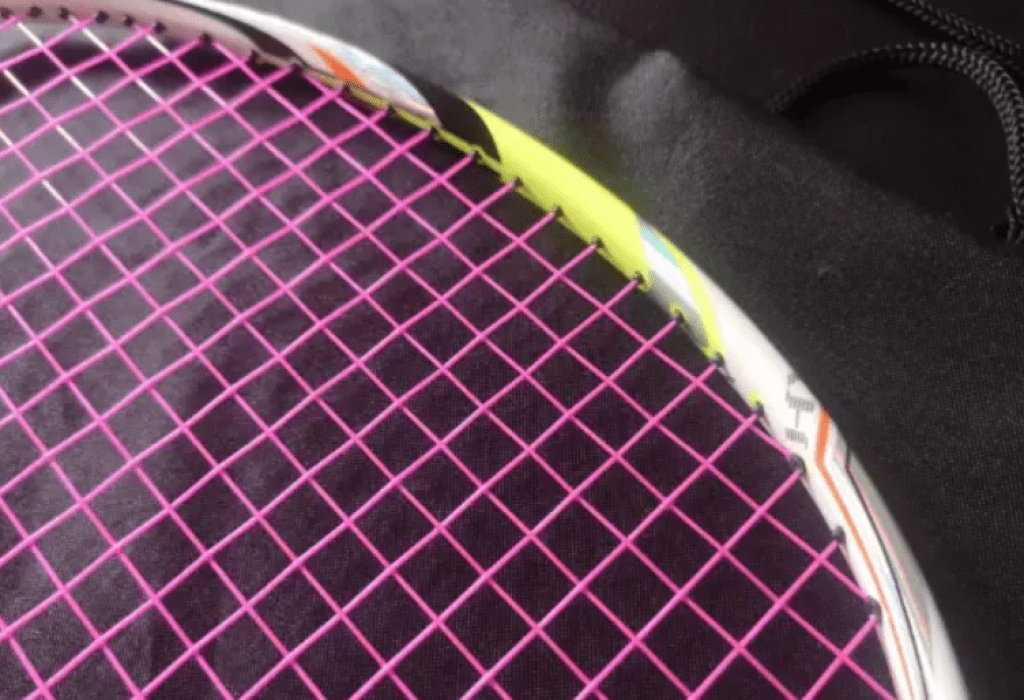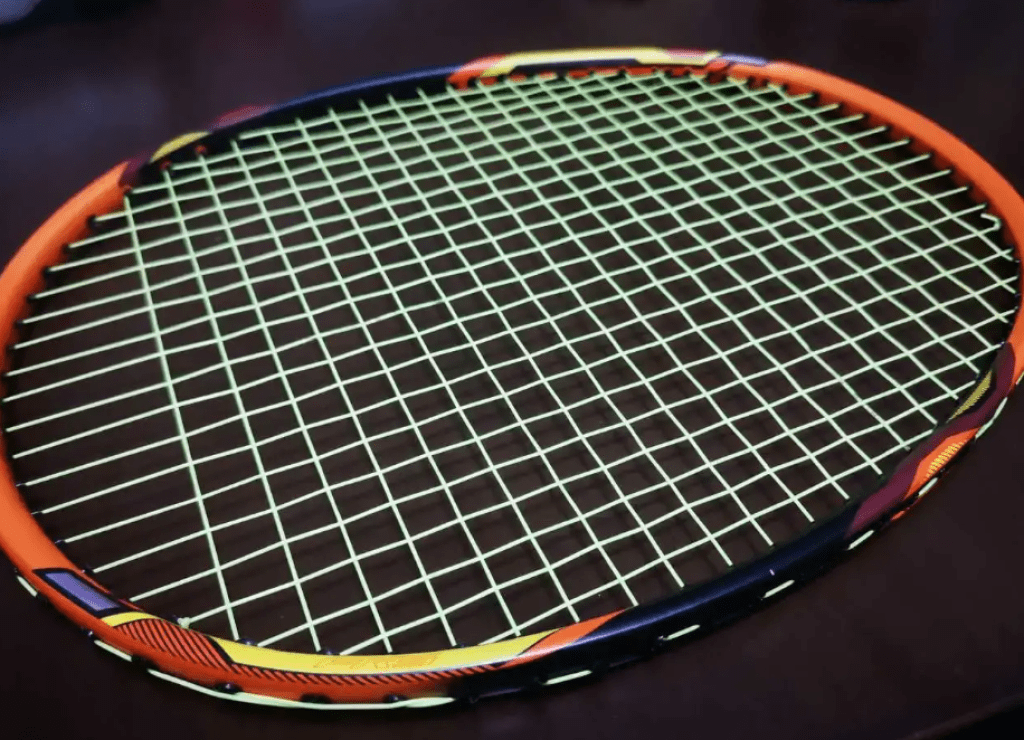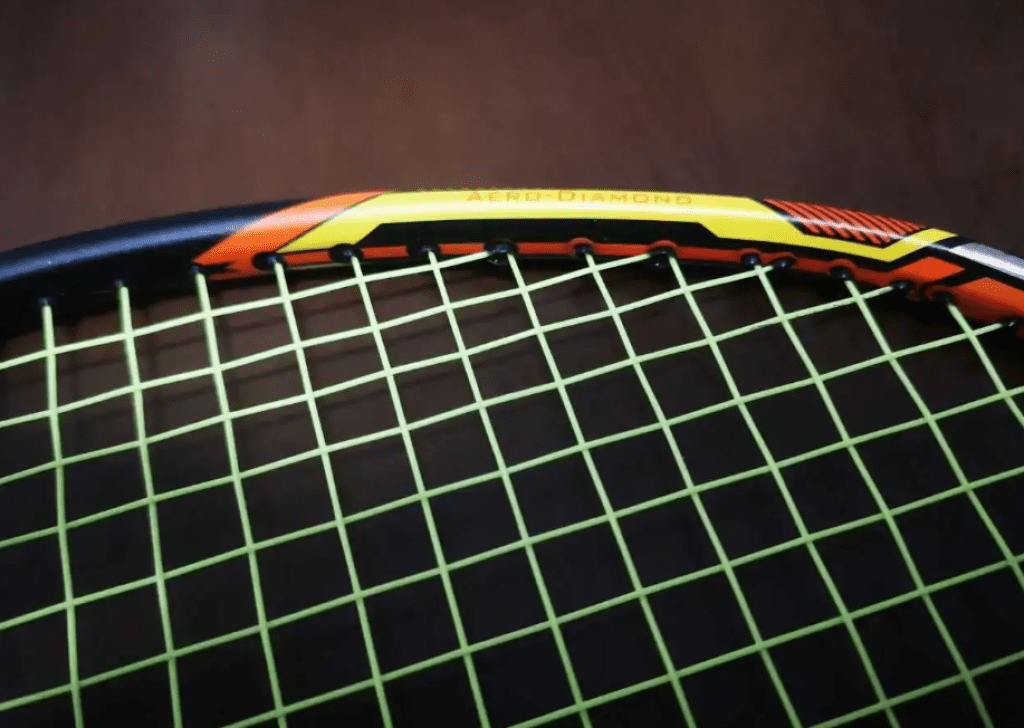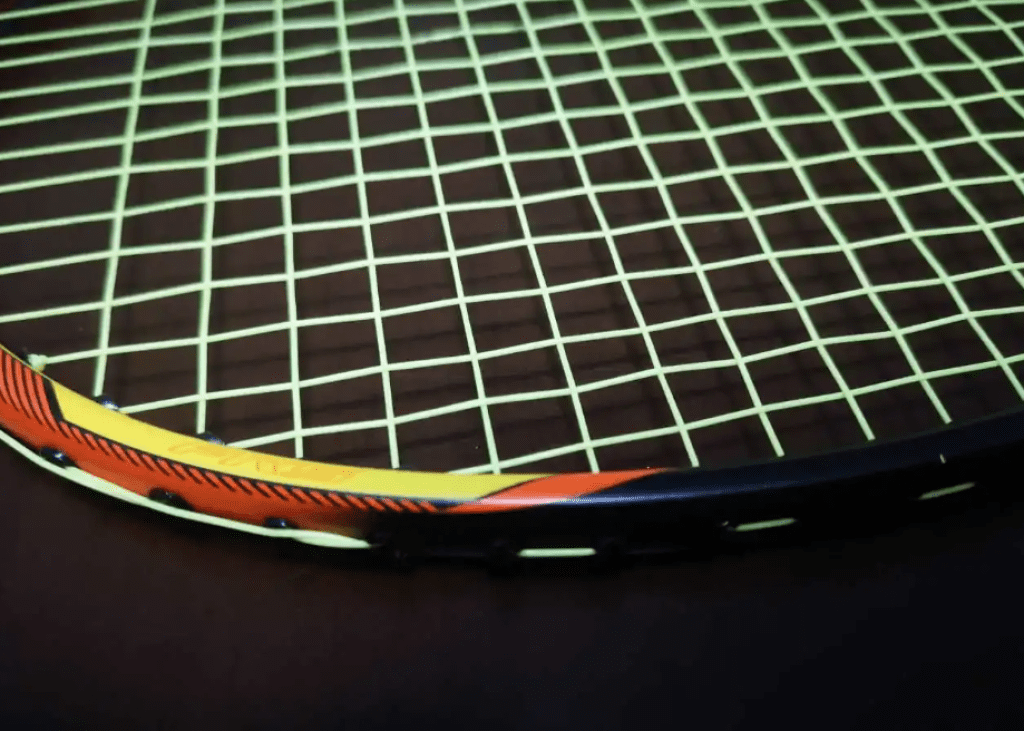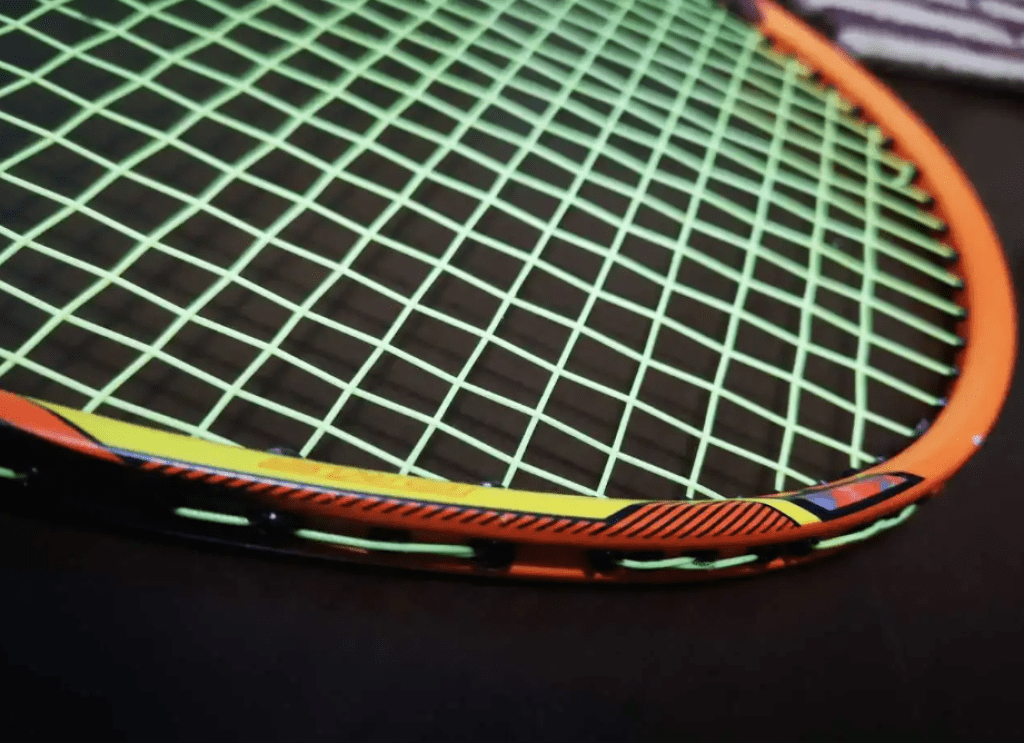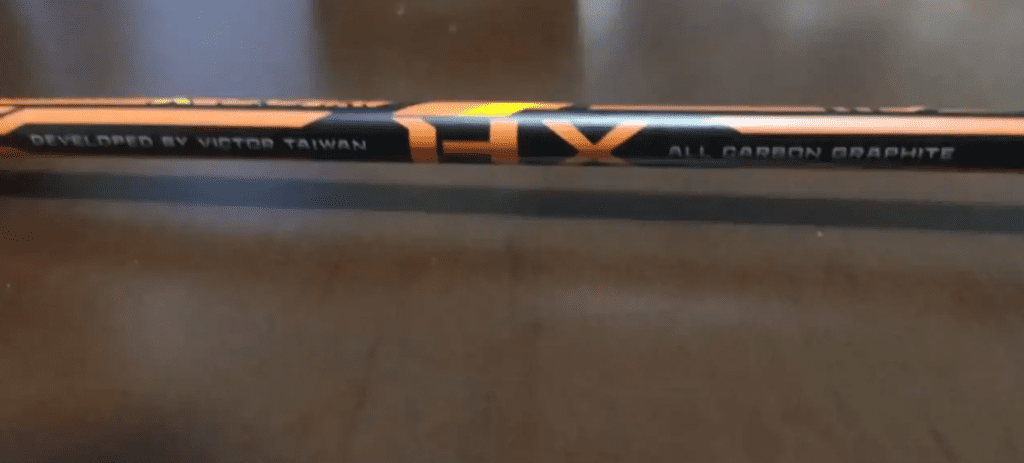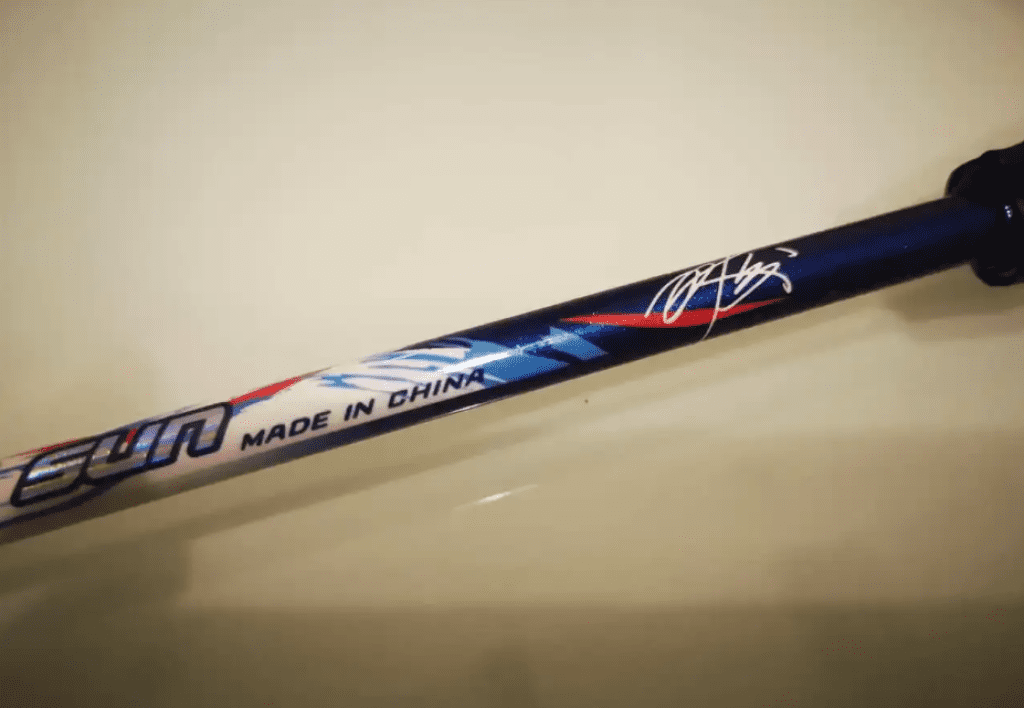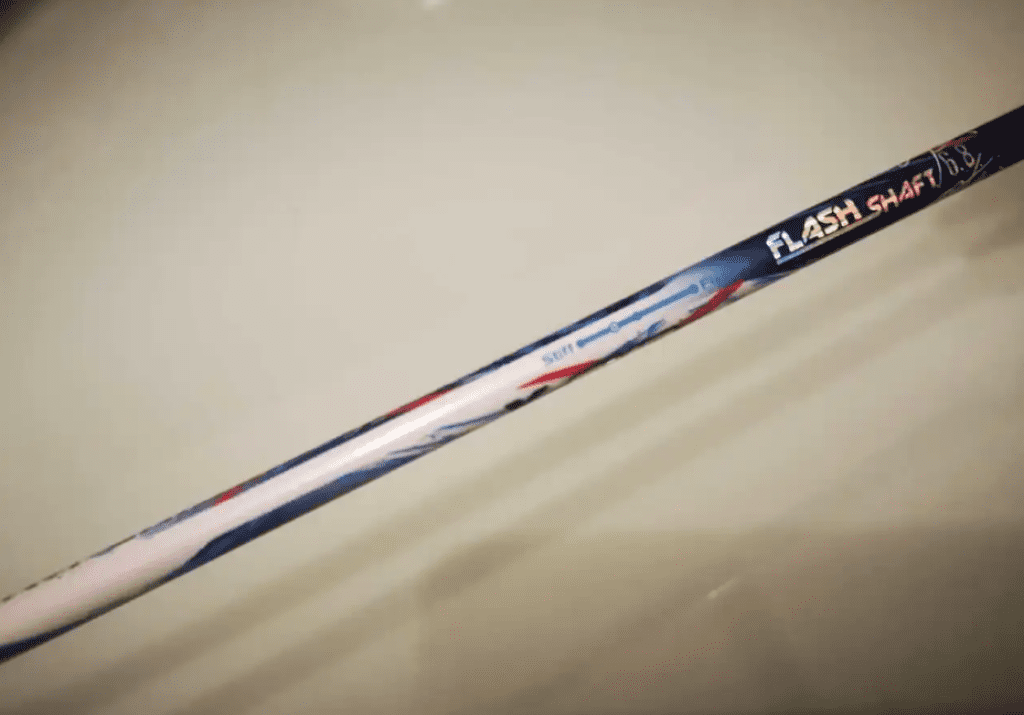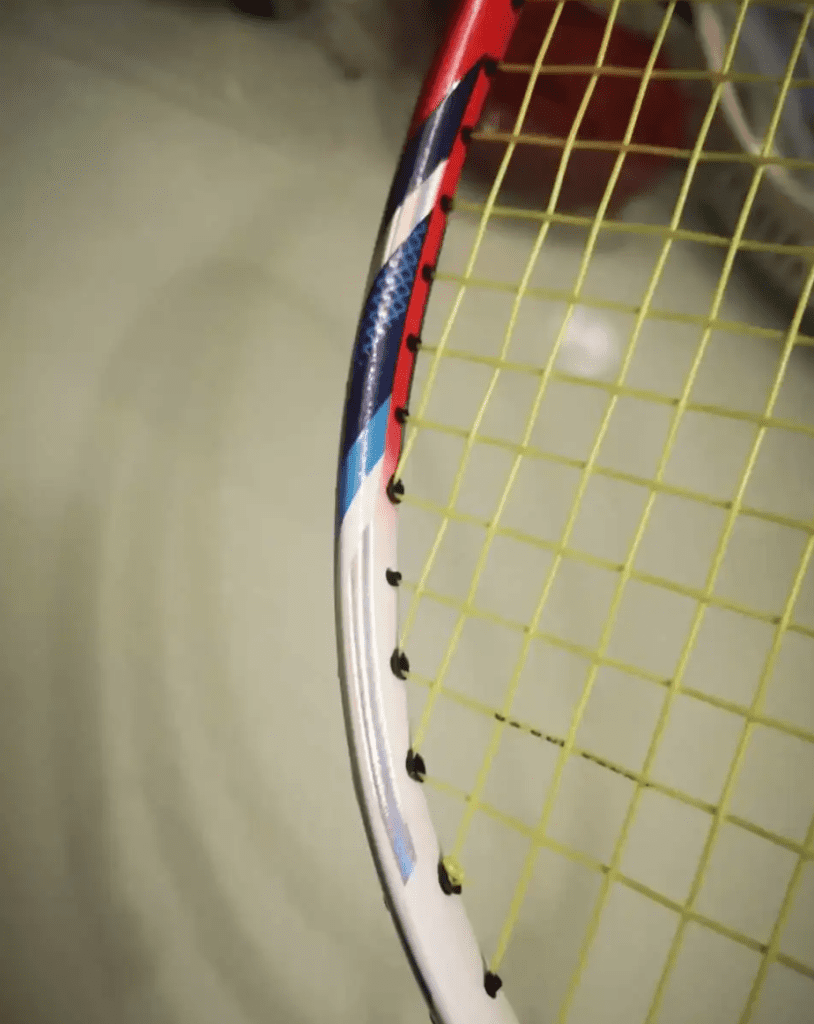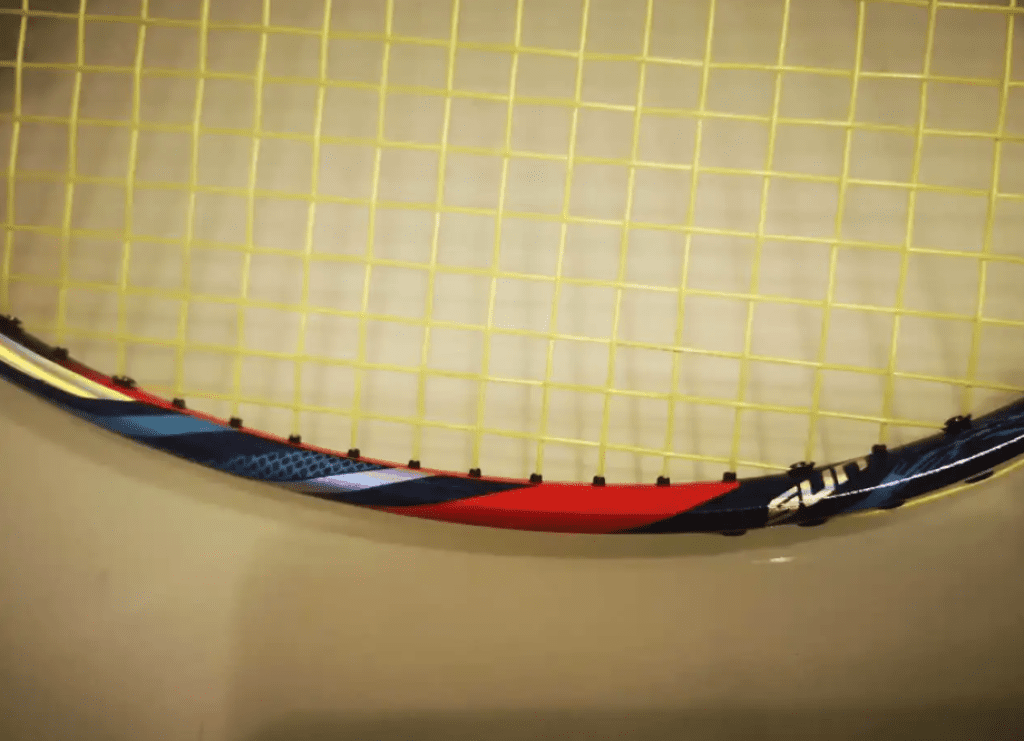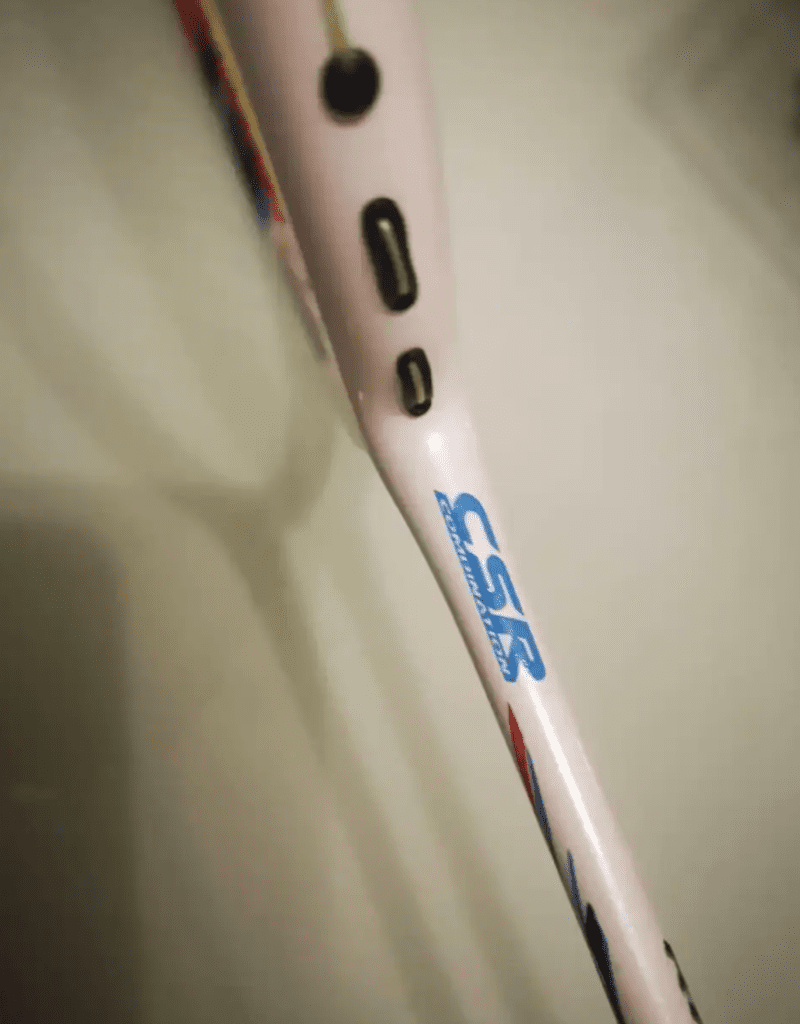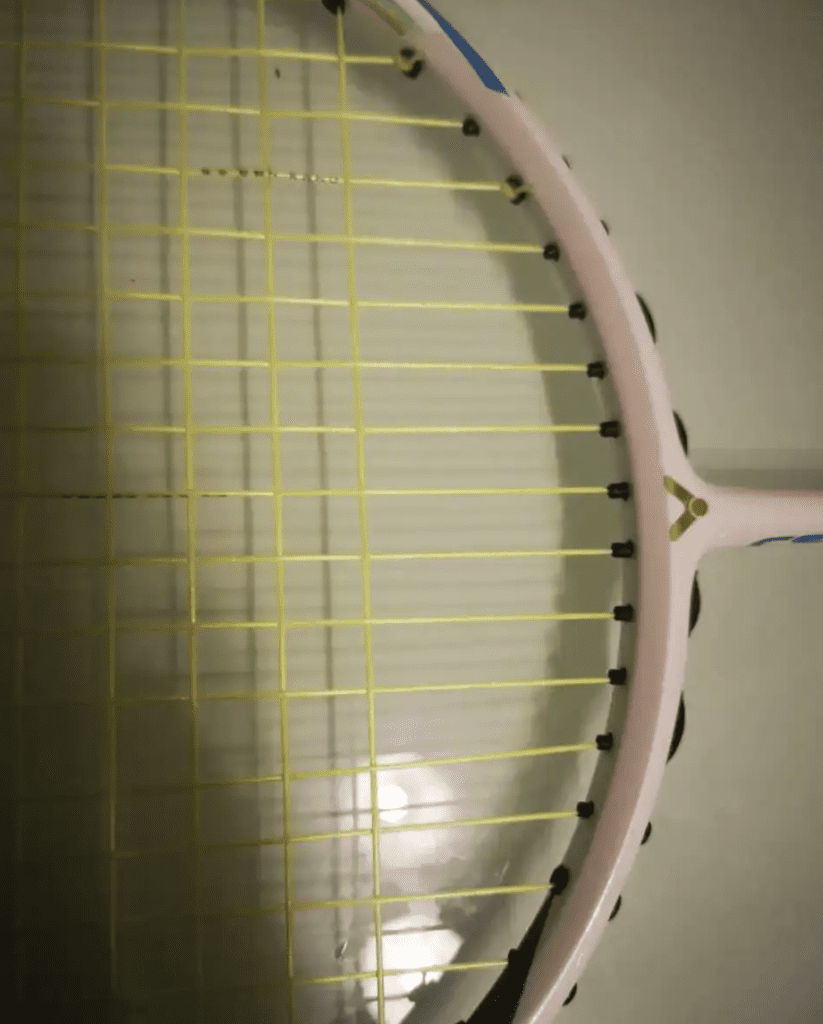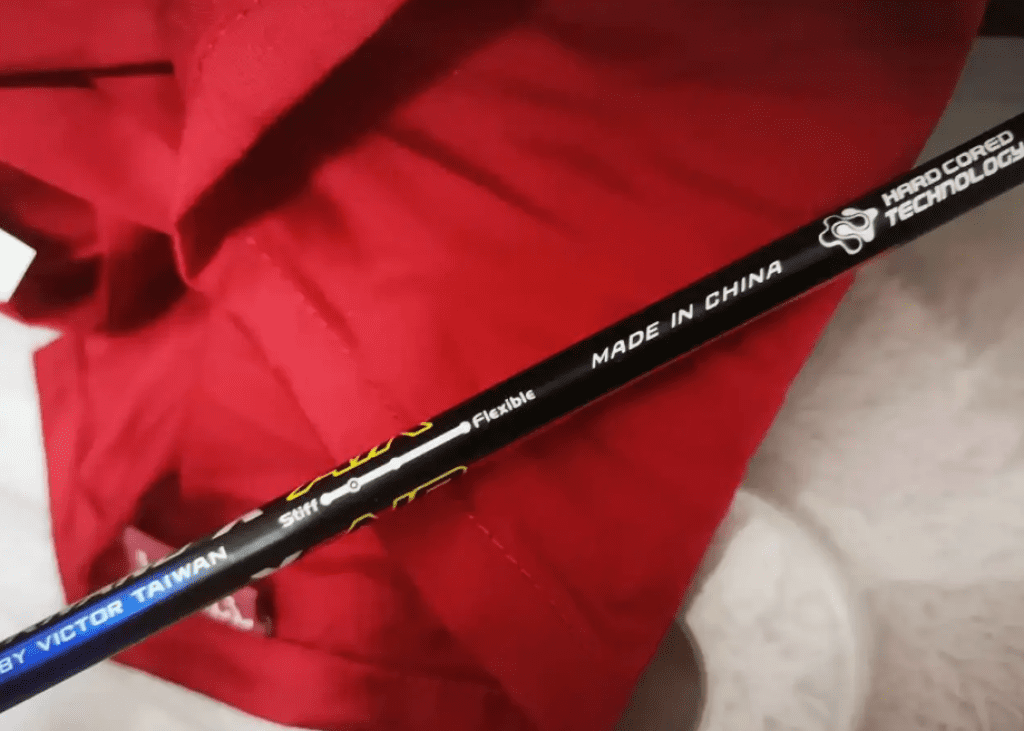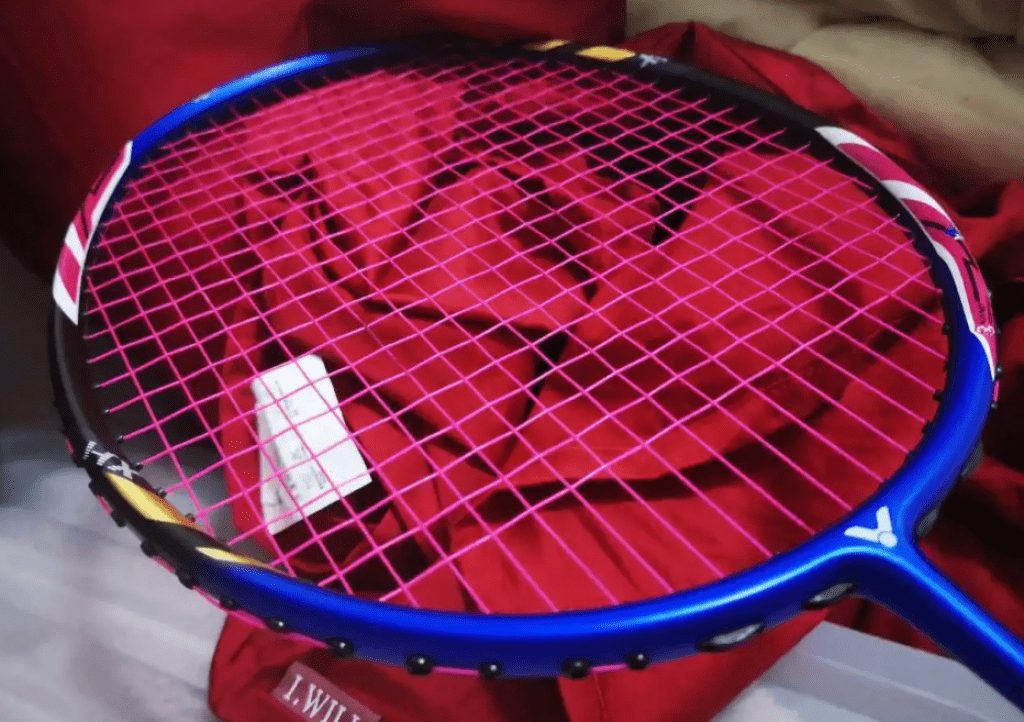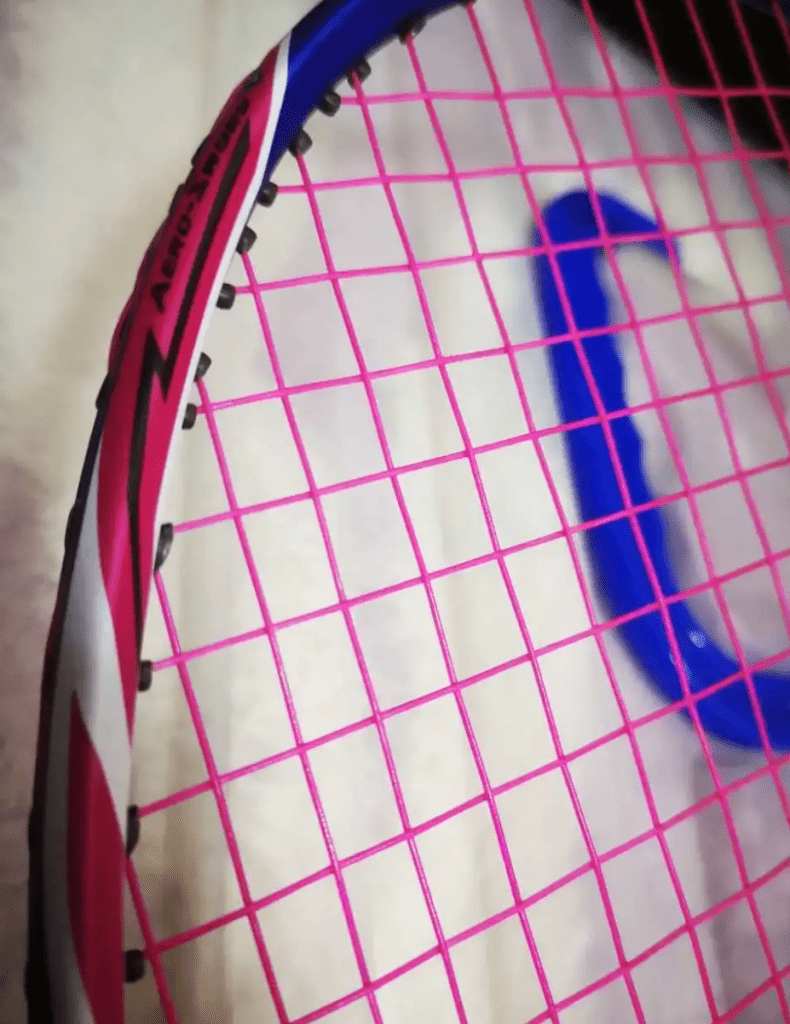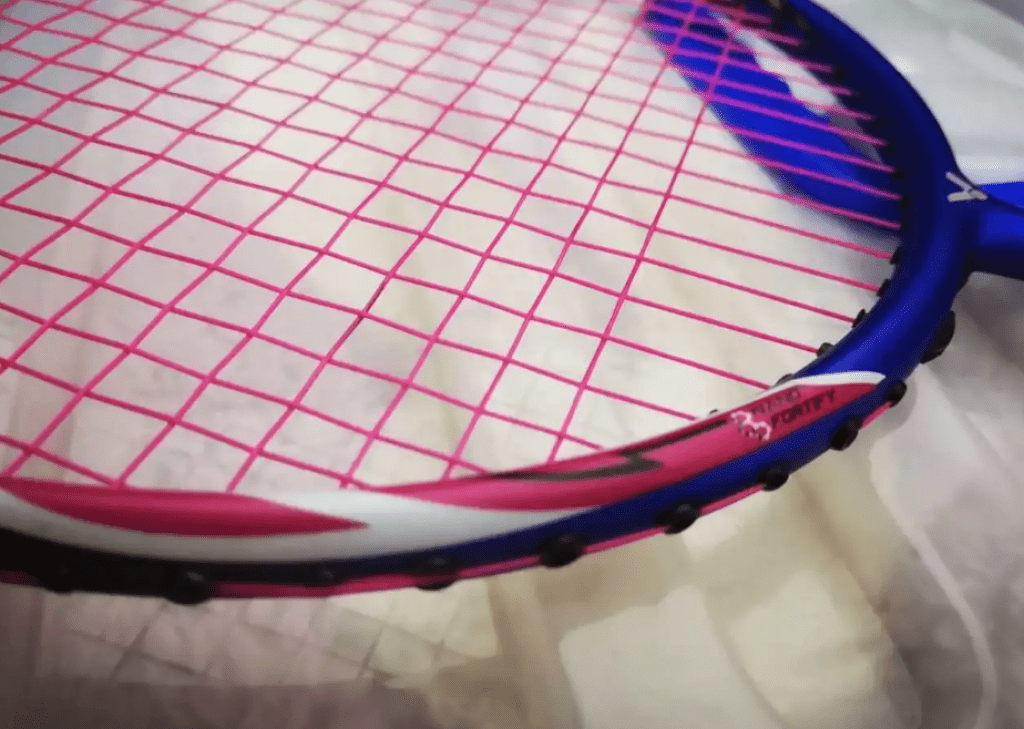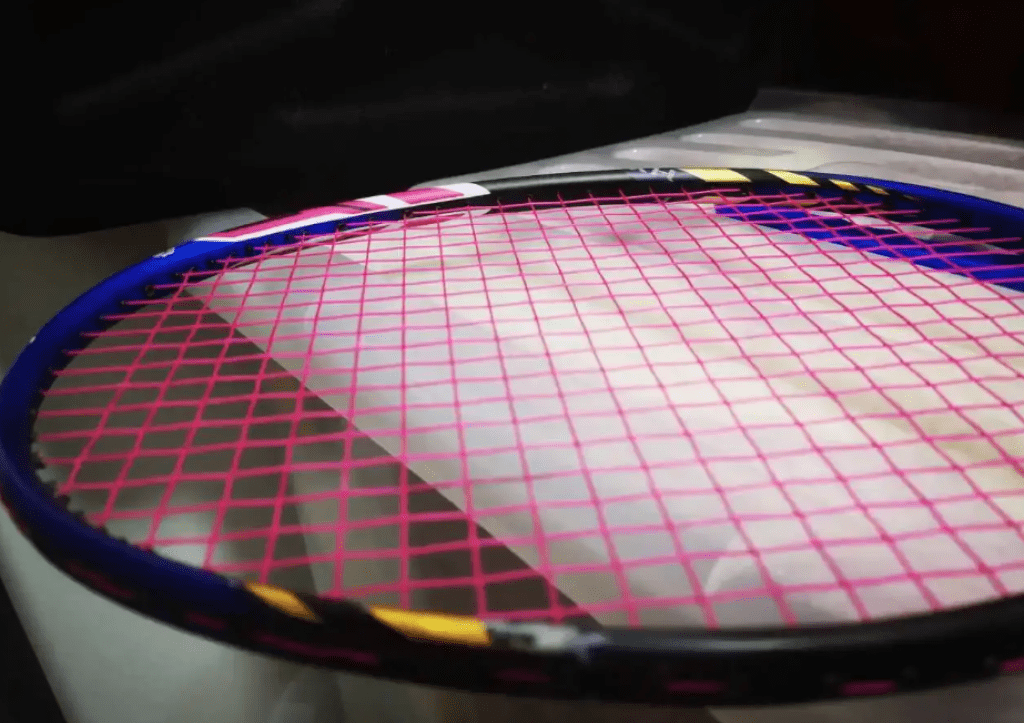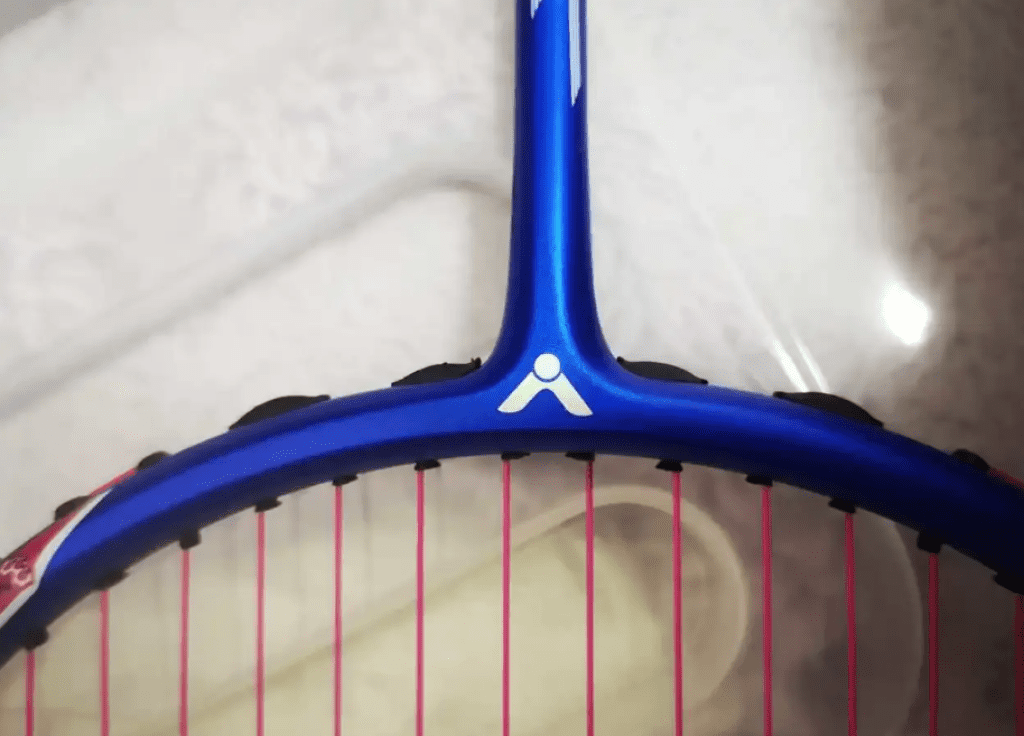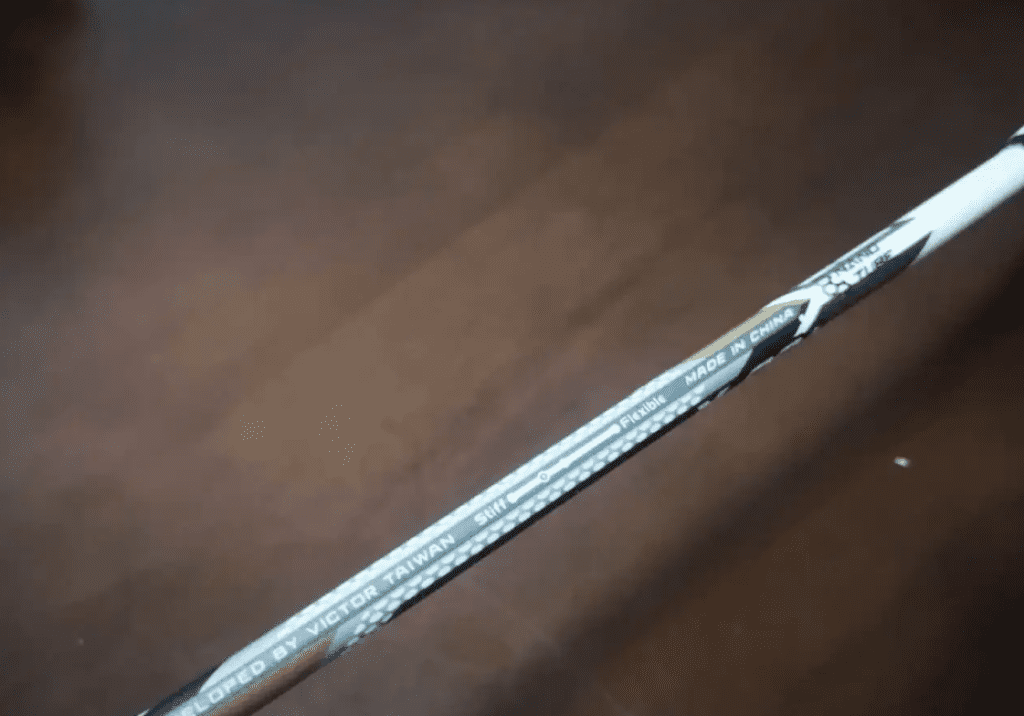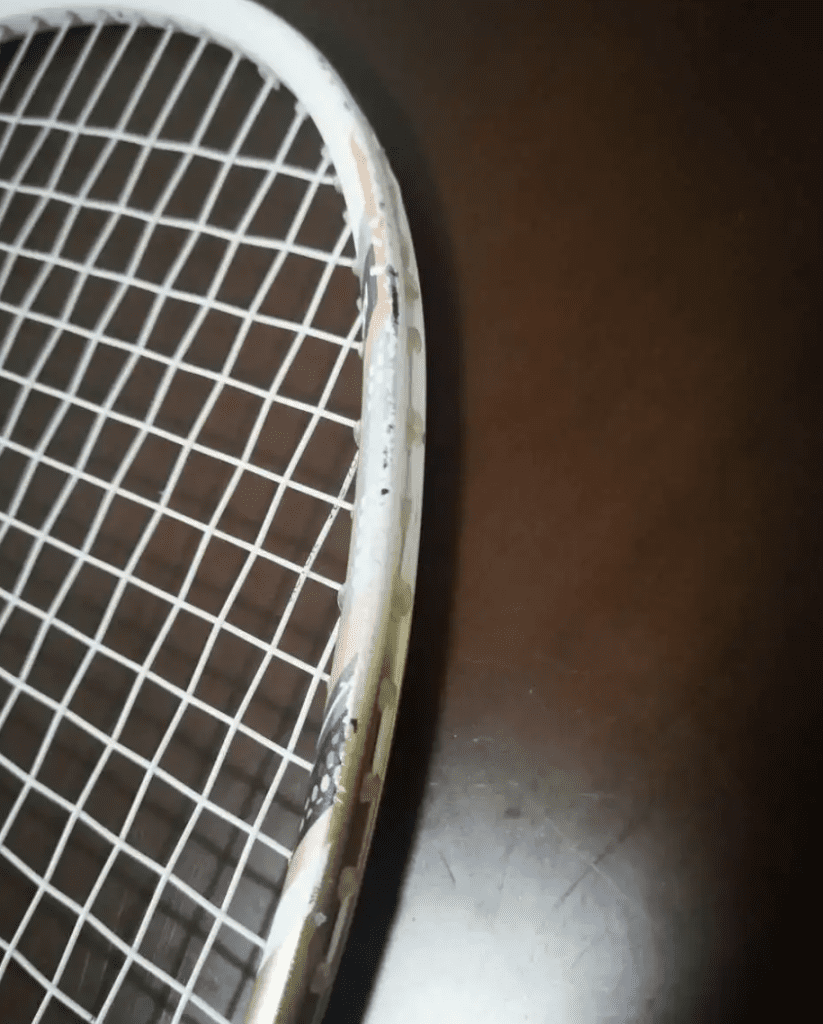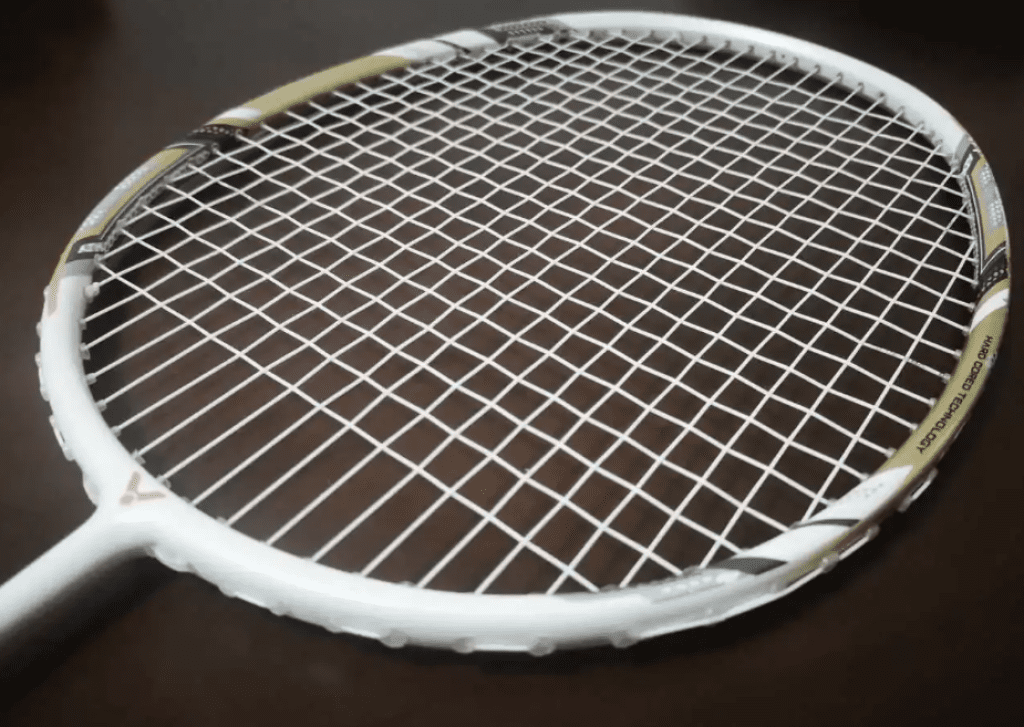VICTOR Badminton Racket Series Introduction
Nano Series (SUPER NANO)
This series of badminton rackets features a diamond-shaped frame and high-rigidity carbon and nano materials, enhancing strength, rebound performance, and lightweight properties. With a stylish appearance, it is designed for players who prefer elegance. The high-end configuration and mid-range price of the Nano series have made it popular in the badminton community, and models such as SUPER NANO7, SUPER NANO6, and the upgraded HX-7SP, HX-6SP remain beloved among enthusiasts.
Challenger Series (CHALLENGER)
The Challenger series focuses on attack-oriented rackets, suitable for players who favor aggressive play. Made from high-rigidity carbon fiber, these rackets are solid and powerful. The VICTOR Challenger 9500 offers high cost-performance and is a great choice for beginners. The Challenger 9300 is praised for its control and is ideal for players who seek a balance between attack and defense.
Meteor X Series (METEOR X, MX)
The Meteor X series brought a powerful all-around racket to international courts. Released in 2011, the MX-80 introduced an eight-sided blade structure that provided a more stable racket face, becoming popular among international players. This series is known for its all-around capabilities and stability, with an 80-hole design offering dense stringing that improves shot performance and protects the strings.
HYPERNANO X Series (HX)
The HYPERNANO X series uses a unique diamond wind-breaking frame and advanced material technology to achieve balanced, stable, and anti-torque characteristics. It excels in both precise attacking and effortless defensive play, offering comprehensive performance for aggressive and versatile gameplay.
DriveX Series (DX)
The DriveX series addresses the evolving needs of badminton technique, emphasizing control and speed in doubles and singles play. It offers a smooth and stable racket feel, ideal for players who require fine control and fluid movement. The DriveX series redefines control rackets with an emphasis on attack.
Brave Sword Series (BRAVE SWORD)
The Brave Sword series is considered the soul of VICTOR, with many top Korean players having used these rackets. This series emphasizes speed, making it suitable for doubles play and players who favor quick, agile movements. The rackets are elegant and lightweight, providing sharp and precise attacking capabilities.
Thruster Series (THRUSTER)
The Thruster series focuses on aggressive play with a box-type frame and strength-enhancing grooves at the 5 and 7 o’clock positions. Made from graphene and nano-resin materials, the rackets offer excellent power and control, making them ideal for powerful smashes.
Artery Series (ARTERY)
The Artery series features carbon fiber rackets with strong rigidity and excellent elasticity. These rackets are designed for easy handling and stable performance, with models like the VICTOR Artery 996 representing mid-range technical rackets.
Columbia Series (COLUMBIA)
The Columbia series offers enhanced comfort with strong core technology and refined middle shafts. It is designed for older players seeking a classic and nostalgic option with smooth handling and comfortable play.
Legend Series (LEGEND)
The Legend series commemorates Zhao Jianhua, one of the “Four Heavenly Kings” of badminton. It combines rigidity and stability with high-quality materials, providing a luxurious feel for technical players and showcasing the essence of badminton.
Auraspeed Series (AURASPEED)
The Auraspeed series focuses on innovation and speed. It includes models with various speed attributes such as X (control), K (attack), S (speed), and F (women), offering diverse performance options tailored to different needs and preferences.
Jetspeed S Series (JETSPEED S)
The Jetspeed S series is a classic speed-focused series, popular among international players like Wu Liying and Chen Weichang. Known for its robust frame and quick response, the Jetspeed S series excels in fast-paced play and efficient transitions between offense and defense.
VICTOR rackets are generally categorized into three main types: Attack, Speed, and All-Around.
| All-Around (Comprehensive) | Speed (Defensive) | Attack (Offensive): |
| Super Nano Series DriveX Series HYPERNANO X Series Meteor X Series (MX) | BRAVE SWORD AURASPEED JETSPEED S | CHALLENGER THRUSTER ARTERY COLUMBIA LEGEND |
VICTOR Badminton Racket Purchasing Tips
1.Racket Handle
VICTOR badminton rackets come in three handle sizes: G1, G2, and G3. G1 is the thinnest, equivalent to YONEX’s G5 handle size. Currently, some women’s rackets feature G1 handles.
Typically, VICTOR uses the G2 size (3 1/2) wood handle, which is covered with a sweat-absorbent, non-slip, durable, and comfortable PU grip. For larger handle sizes, an additional 0.75mm grip can be added over the original. Some batches of rackets come with G3 handles, suitable for players with larger hands.
2.Racket Weight (Unstrung)
VICTOR rackets use the U system for weight measurement, similar to YONEX. The categories are 2U (over 90g), 3U (85-90g), and 4U (81-84.9g). The most common weight is 3U, suitable for the majority of adults. 2U is typically used by players with strong wrist power and high string tension, and is less common now, with models like the Artery 99 still available in 2U. 4U is generally used by defensive and control-oriented players. Many women’s rackets are primarily 4U.
3.Shaft Flexibility (FLEX)
VICTOR rackets usually indicate shaft stiffness. The closer the shaft is to Flexible, the softer it is, suitable for technique-focused players, control, and those with weaker strength. Conversely, a stiffer shaft is suited for aggressive players. The parameters are visible on the cone of VICTOR rackets.
4.Racket Balance Point (Carbon Racket)
VICTOR rackets generally have a lower balance point, with very few exceeding 300mm. Most rackets have a balance point between 285-295mm. According to physics, the balance point for an unstrung racket is usually between 28cm and 29cm. A rearward balance point (below 285mm) makes the racket head lighter, offering better maneuverability but less power for smashes. A forward balance point (above 29cm) makes the racket head heavier, providing more power but less flexibility. VICTOR adjusts the balance point according to each racket’s characteristics to create distinct attack features.
5.Racket Frame Shape
Most VICTOR rackets feature a large square head design, providing a larger sweet spot. For example, the VICTOR Brave Sword 15 uses a smaller square head design, concentrating the power more effectively.
6.Racket Length
VICTOR rackets are uniformly 675mm in length.
VICTOR Badminton Racket Model Recommendations
For entry-level players, the affordable Super Nano 9 is a good choice, while the Super Nano 8, 6, 5, and 3 series are more suitable for intermed
Entry-Level Racket
1.VICTOR Challenge CHA-9500
A highly recommended entry-level model, well-regarded among badminton enthusiasts and considered a classic! This racket is known for being one of the best-selling low-end rackets from VICTOR and among the best-selling rackets in the entire badminton community. It is extremely easy to handle, with suitable weight and swing weight, making it perfect for beginners. Typically, entry-level players may not yet have a developed technique and average strength; this racket helps in transitioning from a beginner to an intermediate or advanced player. Available in 3U/4U specifications with color options of red and blue.

2.VICTOR Thruster TK-HMR Hammer
The Hammer is a good entry-level attacking racket. It has a soft shaft but a higher balance point, making it a solid choice for those focused on offense. Compared to the CHA-9500, this racket is newer and more attack-oriented, though slightly more challenging to handle. Beginners can still consider it. For players with less power, the lighter version, TK-HMR L (Little Hammer), is an option. However, because of the lighter weight, generating powerful smashes may require more effort.
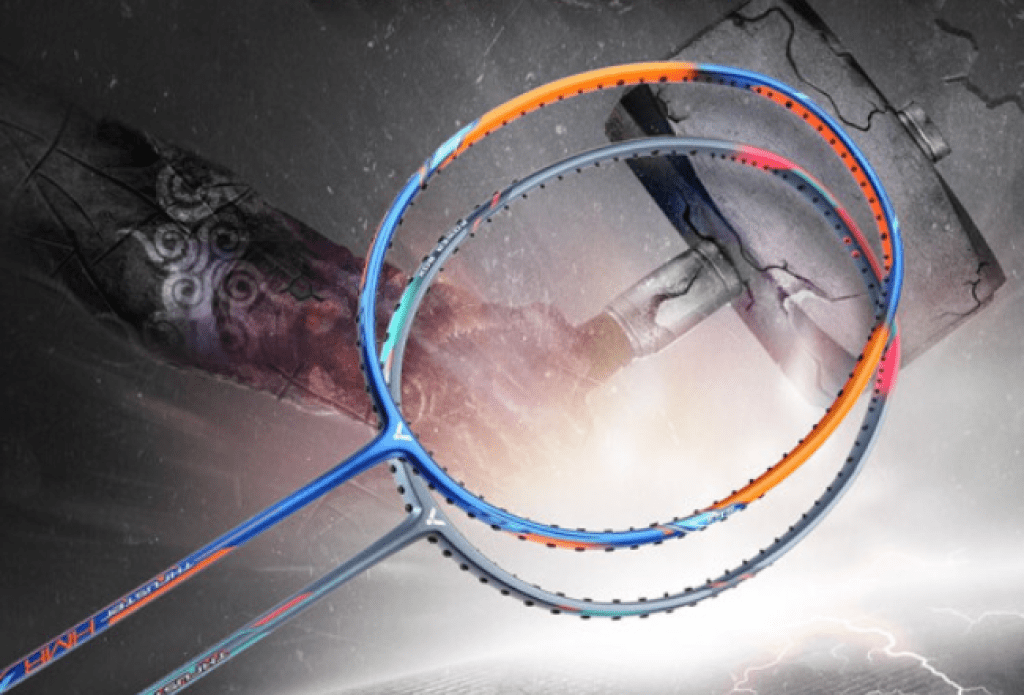
Intermediate Rackets
1.VICTOR Brave Sword 12 (4U Full Carbon Training Racket)
This is the iconic racket used by Lee Yong Dae. The Brave Sword 12 features a wind-breaking frame, delivering fast, accurate, and powerful shots. It excels in continuous defense, allowing for a wide variety of shots such as clears and flat drives. While smashing isn’t the racket’s strongest suit, it still performs well. Overall, it’s a versatile racket with an excellent reputation and high cost performance, making it ideal for doubles. It’s one of the best-selling VICTOR rackets.
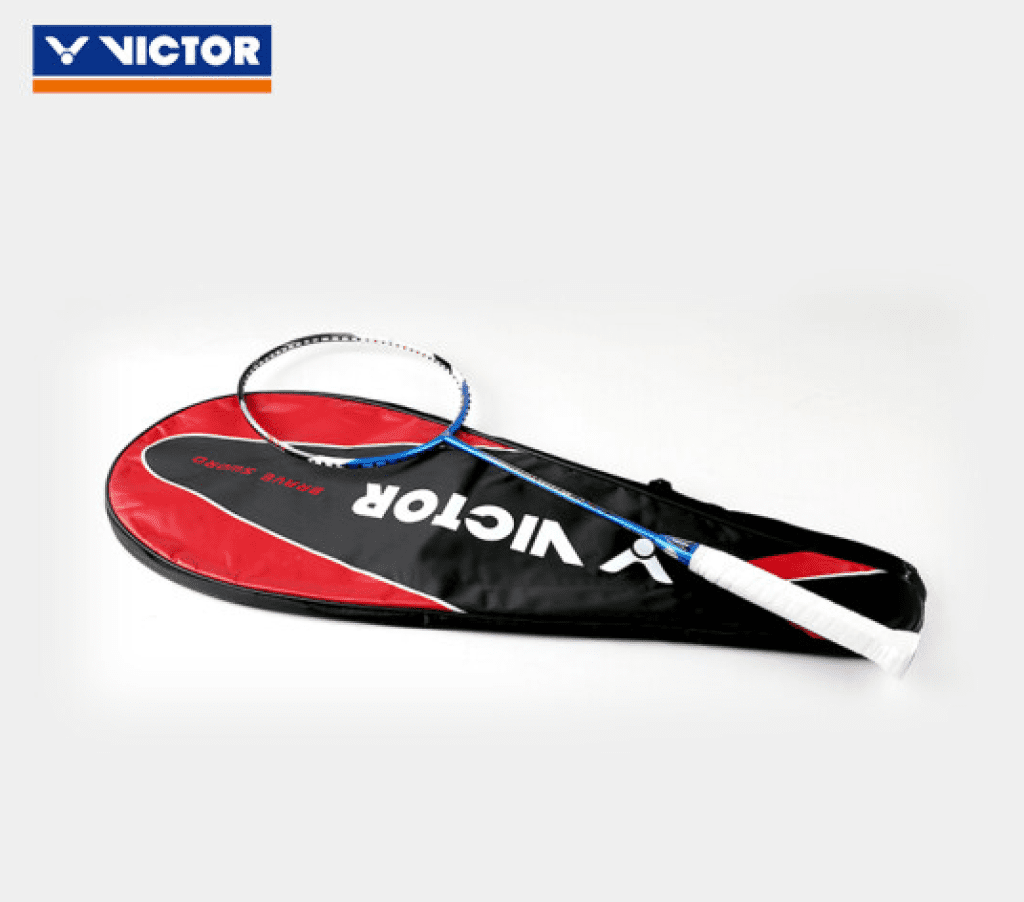
2.VICTOR HX-7SP
An upgraded version of the Nano 7, the HX-7SP comes in champagne gold and amber gold, available in both 3U and 4U. Nicknamed the “AK47 of rackets,” it offers improved swing speed and stability after the upgrade, with the shaft slimmed down from 7mm to 6.8mm. It’s one of the best-selling mid-range rackets, and its performance has been well received in the market. Ideal for players with a drive-and-attack style, this racket is known for its excellent cost performance. It’s a classic choice, offering strong mid-court flat drives and fast, agile play at the front, making it suitable for beginners as well.
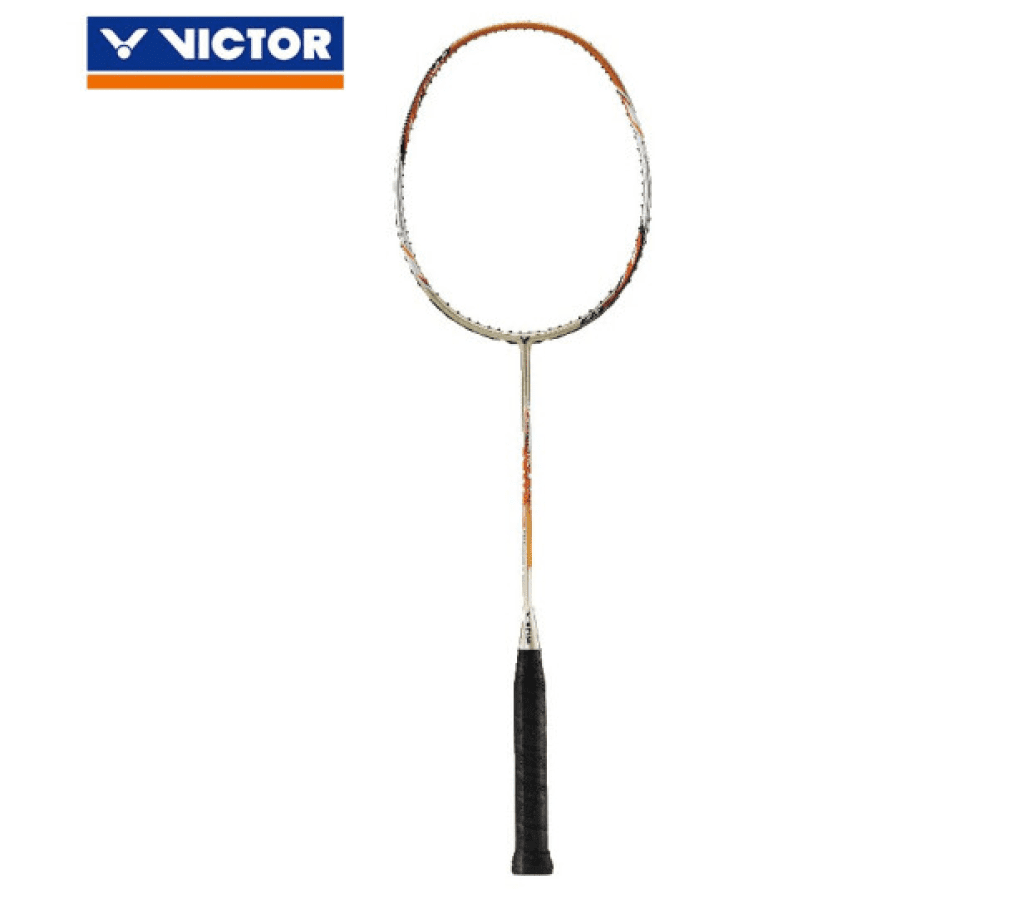
High-End Rackets
1.VICTOR Thruster Onigiri (TK-Onigiri)
The Onigiri racket features a smaller head design, coupled with a long string groove and an ultra-thin 6.4mm shaft. Every aspect that could reduce air resistance has been optimized for speed, embodying the philosophy of “the fastest blade wins.” With its stiff shaft, this racket excels in both offense and control, making it ideal for intermediate to advanced players.
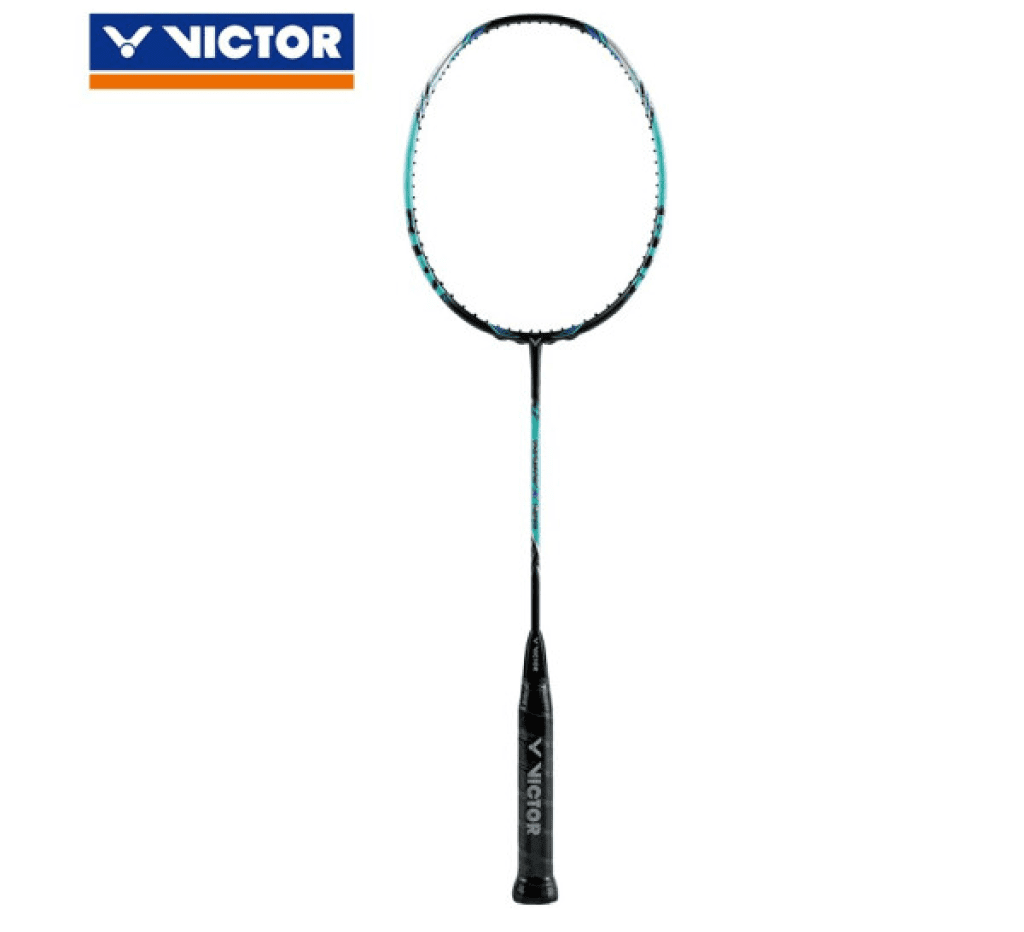
2.VICTOR DriveX 9X (DX-9X)
This is a high-end balanced racket from VICTOR’s DriveX series. It’s easy to use and highly praised for its unbeatable balance, even better than the Yonex ArcSaber 10 and 11 in terms of equilibrium. With an attractive design, great feel, and ease of handling, this racket is a popular choice among players.
